Get ready to discover everything you need to know about non-invasive body contouring. From the latest technologies to the most effective treatments, this comprehensive guide covers you should know when choosing body contouring services.

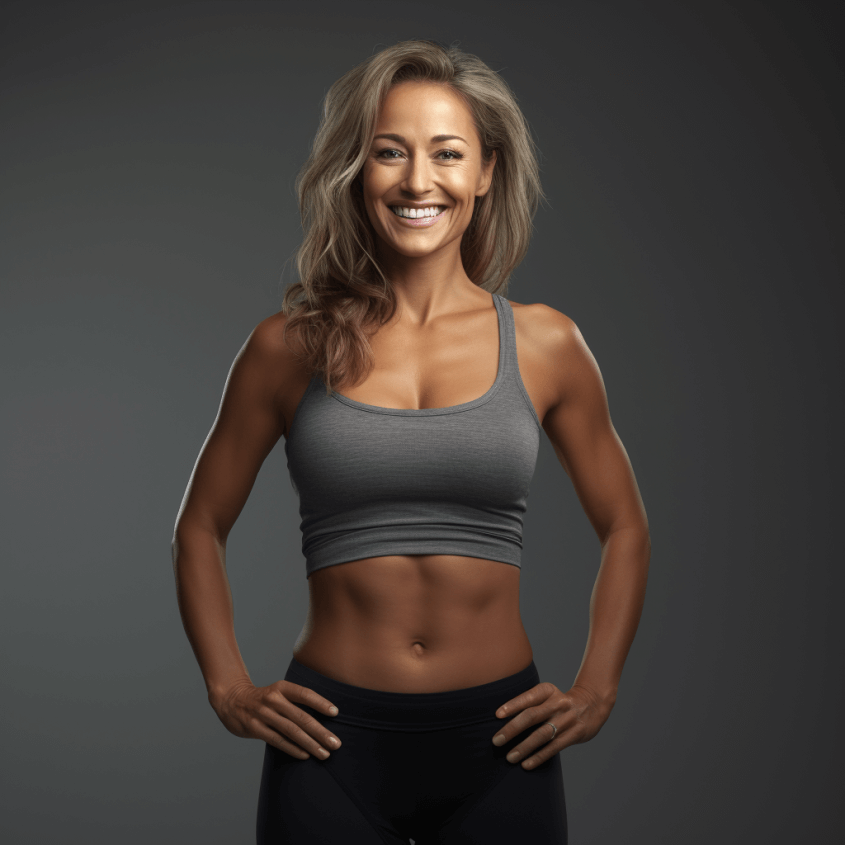
Non-invasive body contouring is a modern approach to shape and sculpt your body without surgery.
This technique uses advanced technology to target and reduce stubborn fat deposits, helping you achieve a more contoured appearance.
By using methods like laser or radiofrequency energy, non-invasive body contouring can effectively diminish fat cells and tighten the skin.
Non-invasive body contouring refers to a range of techniques that reshape the body without the need for surgery.
This approach uses technologies such as lasers or radiofrequency to target specific areas of fat and cellulite. Benefits include reduced fat deposits, improved body shape, and tightened skin.
Non-invasive body contouring offers a non-risky, non-painful alternative that requires little to no recovery time.
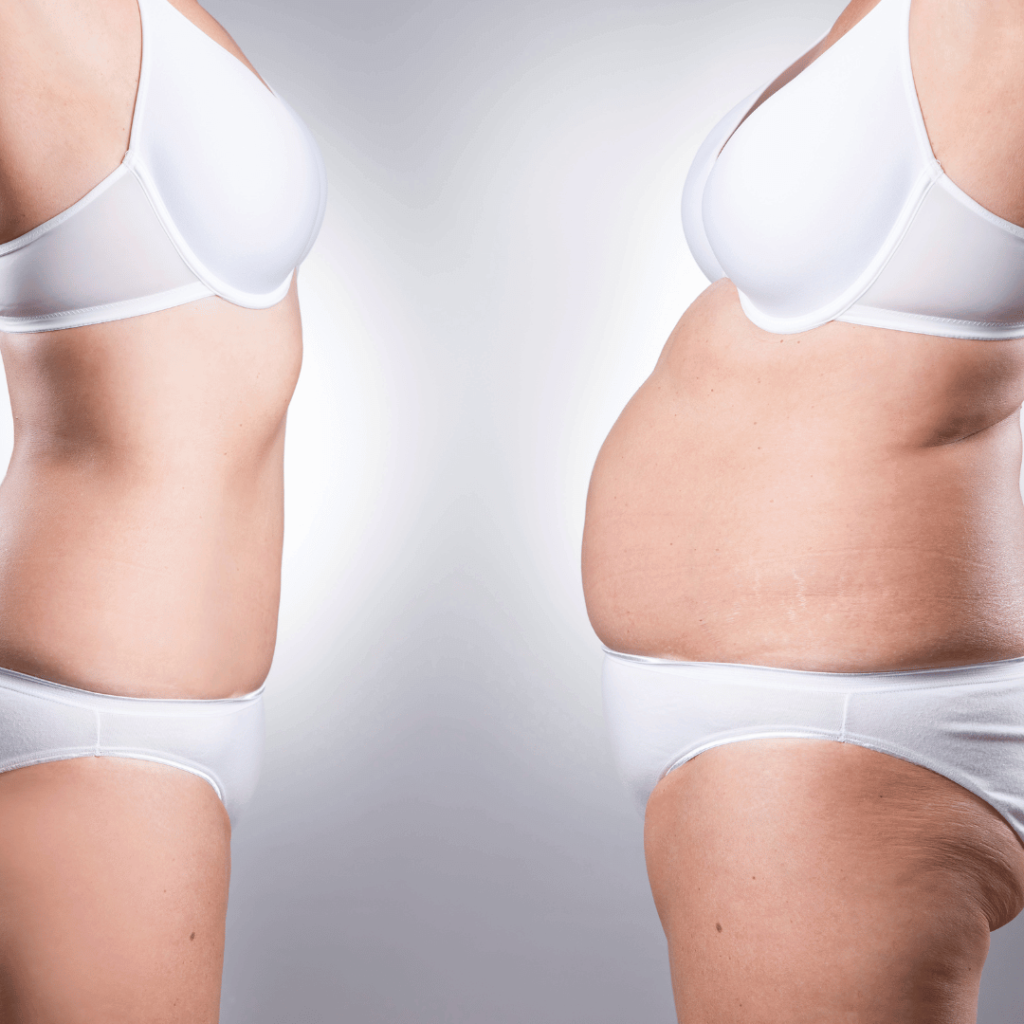
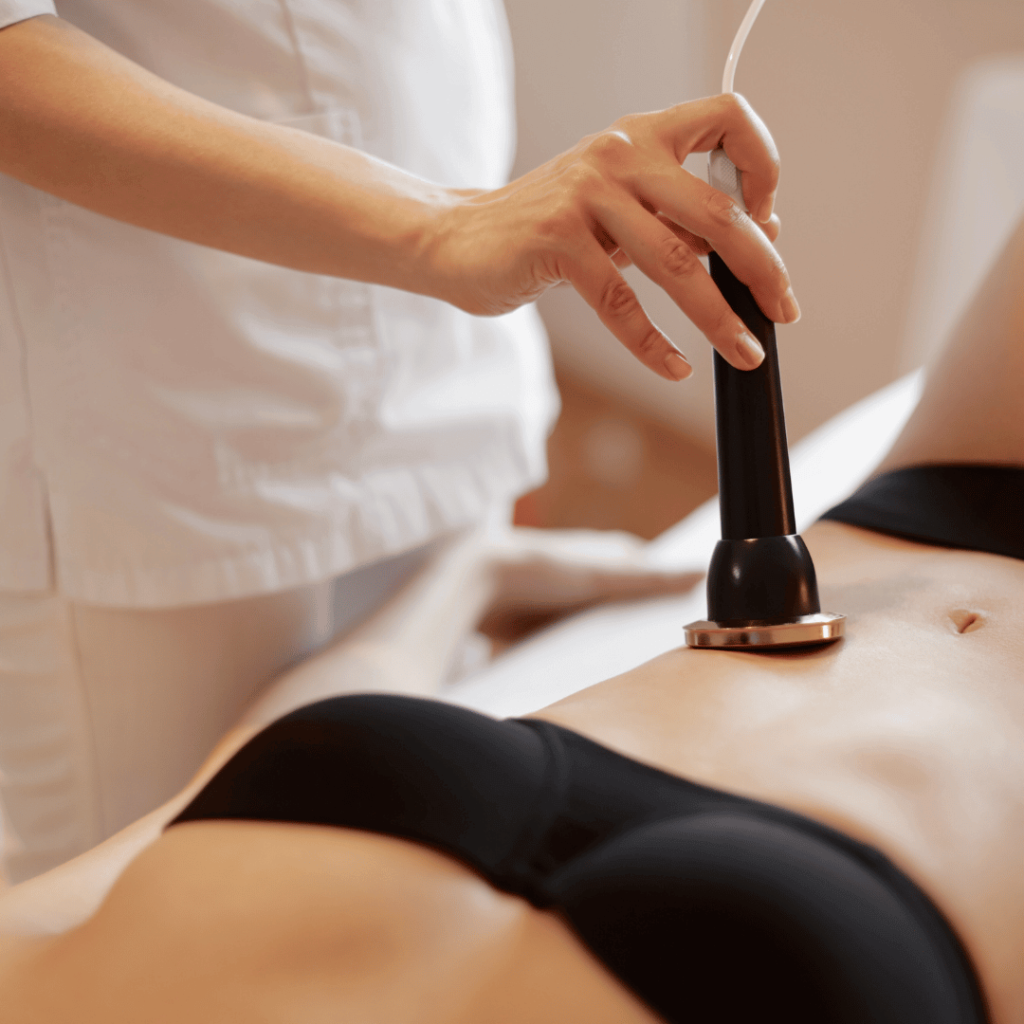
Non-invasive body contouring techniques are like special tools that help shape your body without surgery.
Techniques like CoolSculpting, SculpSure, and UltraShape use cool, heat, or sound waves to break down fat cells.
So, these methods can help you look better without the need for any cuts or stitches.
Non-invasive body contouring is a procedure that helps reshape the body without surgery.
It utilizes advanced techniques to target and reduce stubborn fat deposits and improve body contours.
This non-surgical approach offers an alternative to traditional surgical methods.
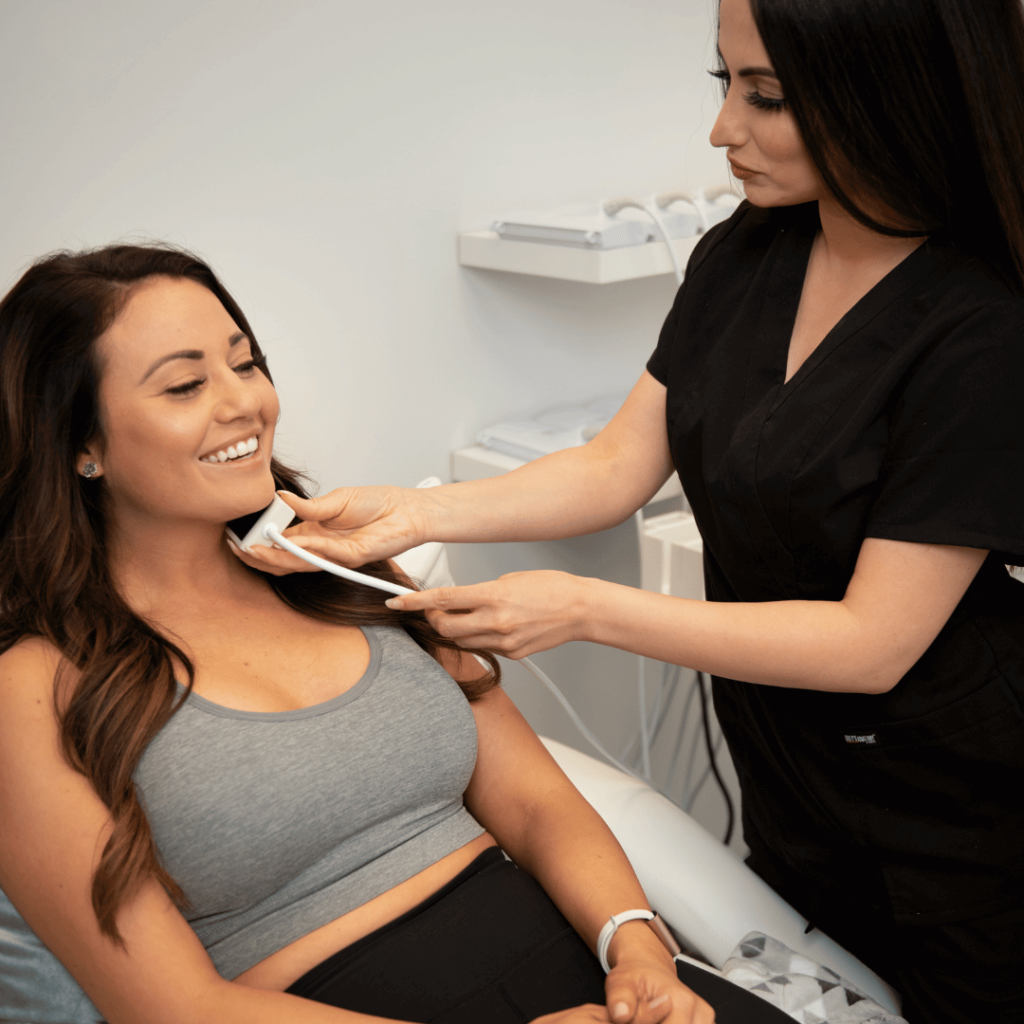
Non-invasive body contouring techniques involve the use of specialized devices that emit various energies, such as radiofrequency or ultrasound, to target fat cells.
These energies penetrate the skin, disrupting fat cells and triggering a natural elimination process by the body.
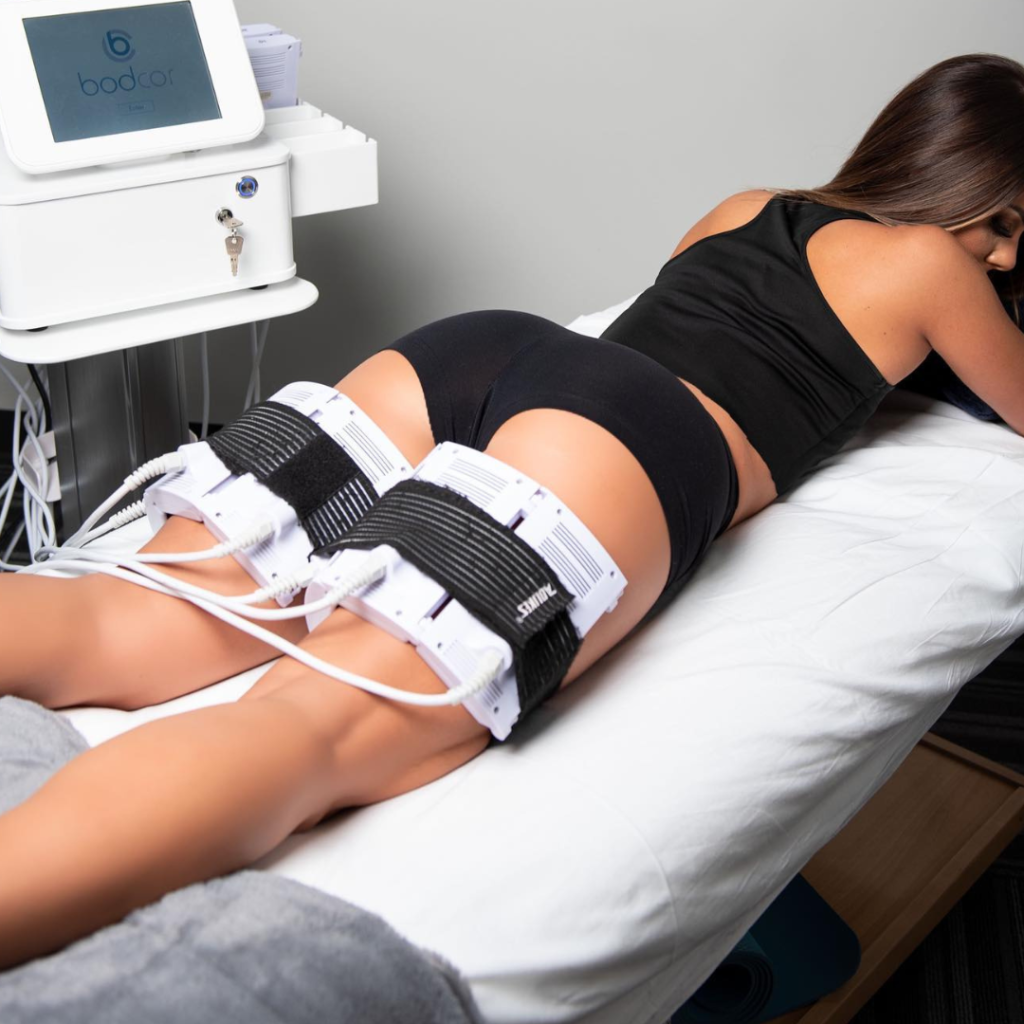
Some popular non-invasive body contouring procedures include cryolipolysis (commonly known as CoolSculpting), radiofrequency treatments, laser therapy, and high-intensity focused ultrasound (HIFU).
Each procedure has its unique way of targeting and reducing fat cells, providing patients with different options based on their needs.
Unlike surgical alternatives like liposuction, non-invasive body contouring procedures do not require incisions, anesthesia, or significant downtime.
While surgical procedures may provide more immediate and drastic results, non-invasive techniques offer a safer and less invasive approach with minimal risks and faster recovery periods.
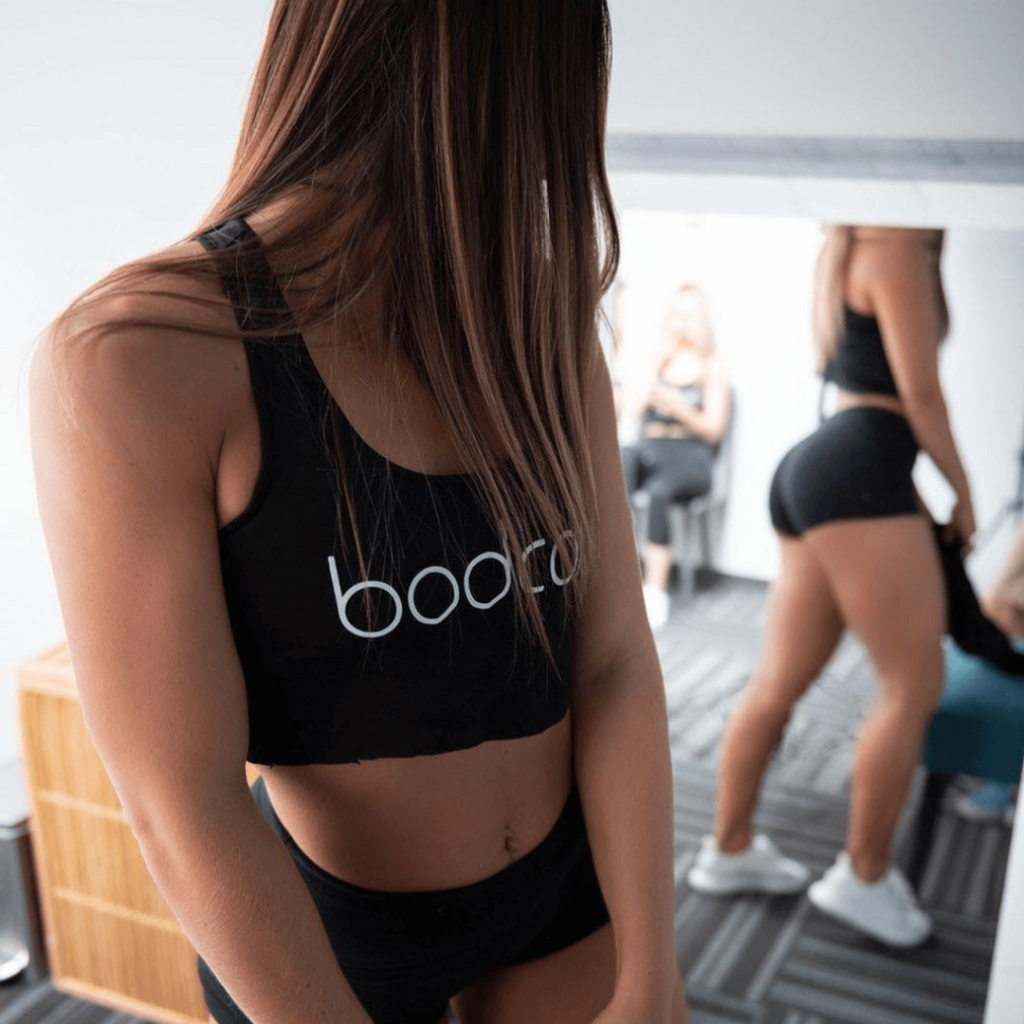
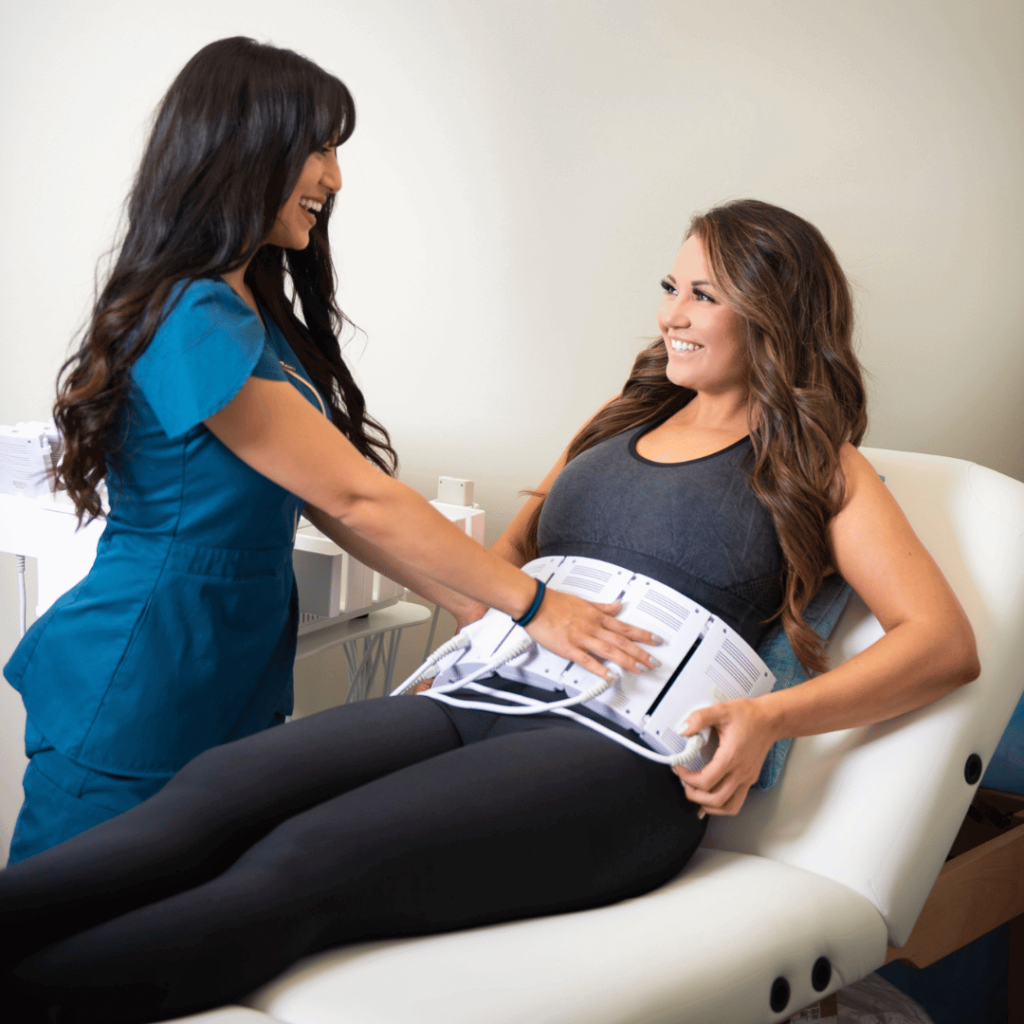
Yes, non-invasive body contouring can aid in weight loss. It works by targeting stubborn fat cells and sculpting the body.
However, it’s important to understand that it is not a standalone weight loss solution.
Combining it with a healthy lifestyle, including diet and exercise, can maximize the results.
When it comes to body contouring, it’s crucial to understand its connection to weight loss.
Body contouring procedures, like non-invasive methods, can enhance the appearance of a slimmer figure, but they are not intended for significant weight reduction.
They are most effective when used to address localized areas of stubborn fat.

Non-invasive body contouring procedures offer a non-surgical approach to reshape the body.
Techniques such as laser, radiofrequency, and cryolipolysis are used to target and eliminate fat cells.
These procedures are typically performed in a clinic or spa setting and require no incisions or anesthesia.
Non-invasive body contouring has shown effectiveness in reducing unwanted fat deposits and improving body shape.
Clinical studies have demonstrated its ability to produce noticeable results.
However, individual responses may vary, and multiple sessions may be needed to achieve desired outcomes.
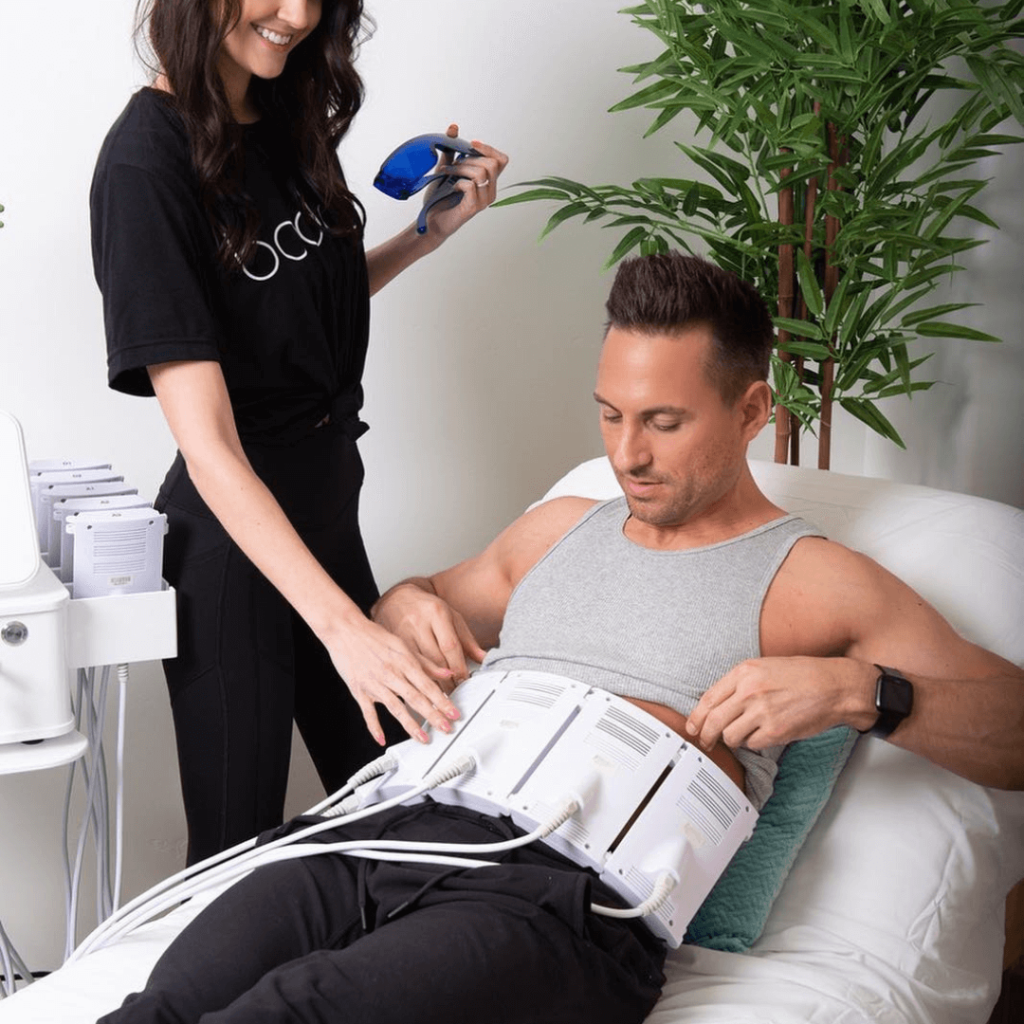
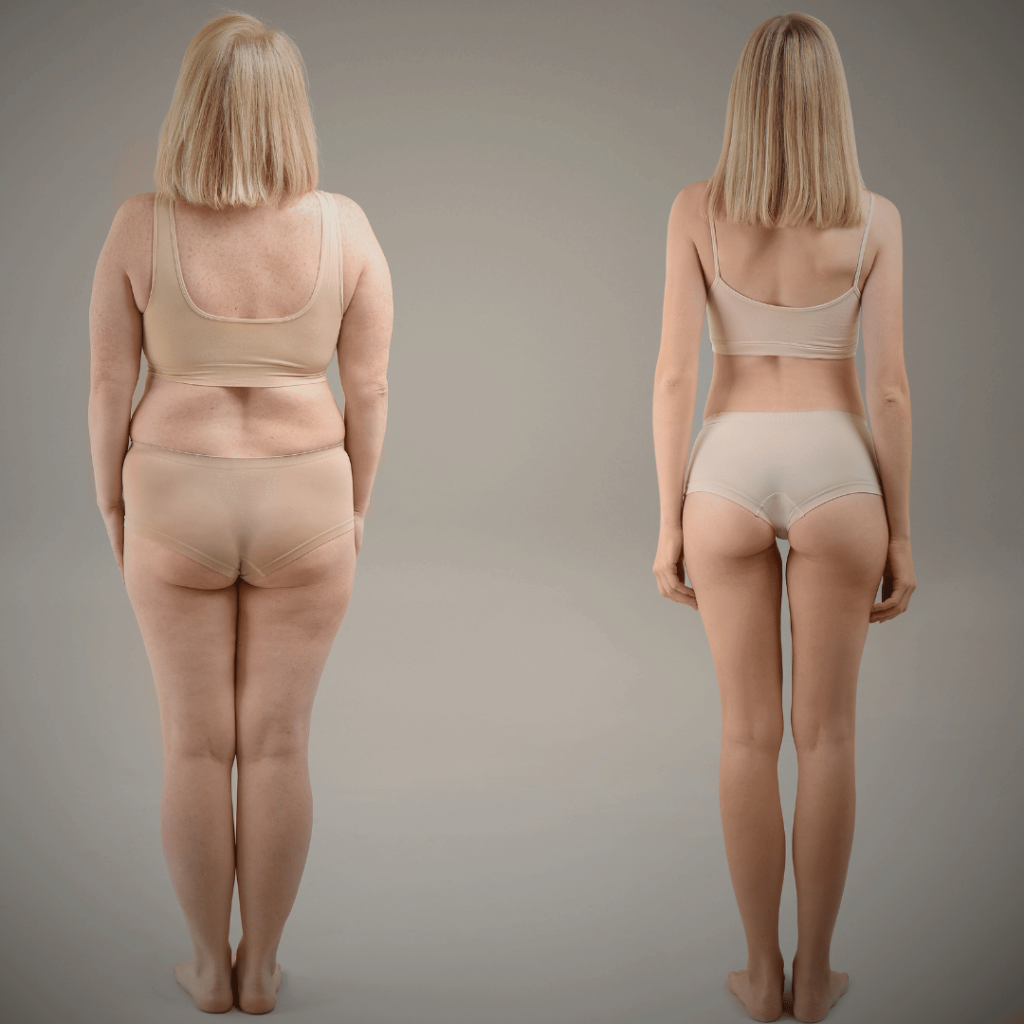
While non-invasive body contouring can be beneficial, it’s important to consider its limitations. It is not a substitute for weight loss through traditional methods such as diet and exercise.
Additionally, factors such as skin elasticity, overall health, and individual expectations can influence the results. Consulting with a qualified practitioner is essential to set realistic goals.
Non-surgical body contouring can provide long-lasting results.
However, it’s important to understand that the permanence may vary from person to person.
Factors such as individual body characteristics and lifestyle choices can influence the longevity of the results.
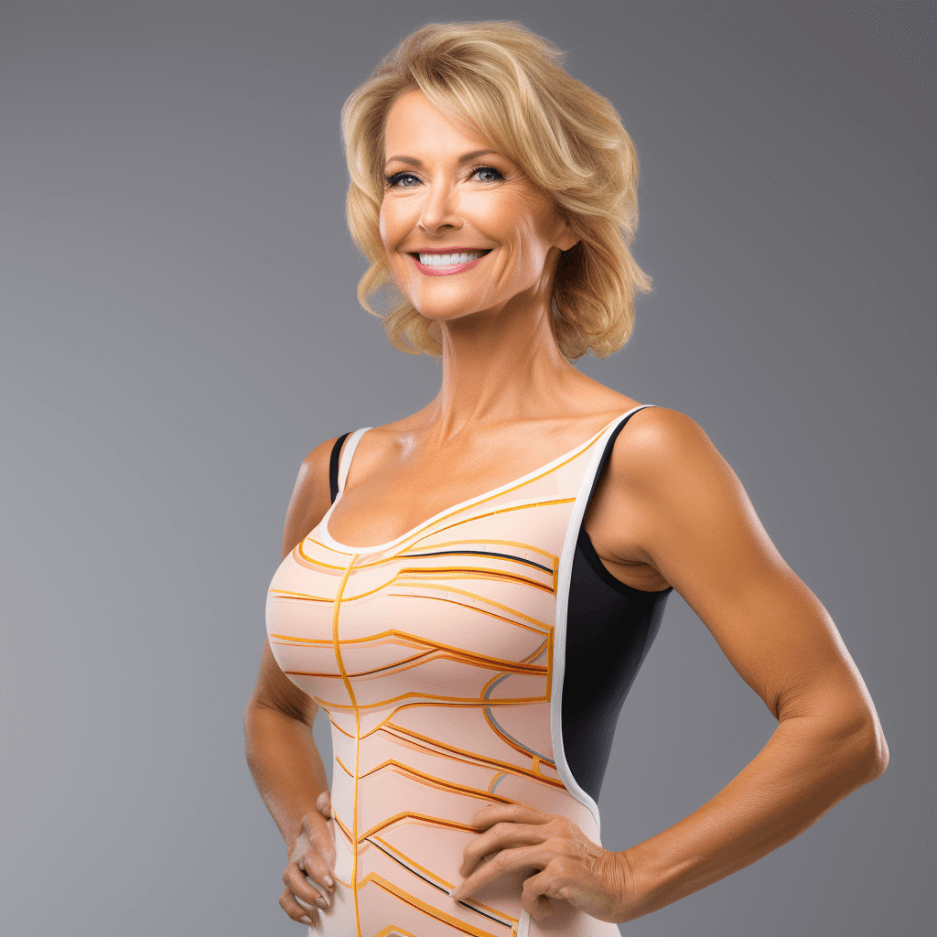

When considering non-surgical body contouring, it’s essential to assess the permanence of the results.
Factors like the chosen technique, individual factors, and follow-up care play a role in determining how long the effects will last.
Let’s explore this aspect further.
Non-surgical body contouring refers to procedures that enhance body shape without the need for surgery.
These techniques typically utilize energy-based devices or external applicators to target and reduce stubborn fat pockets, leading to improved body contours.
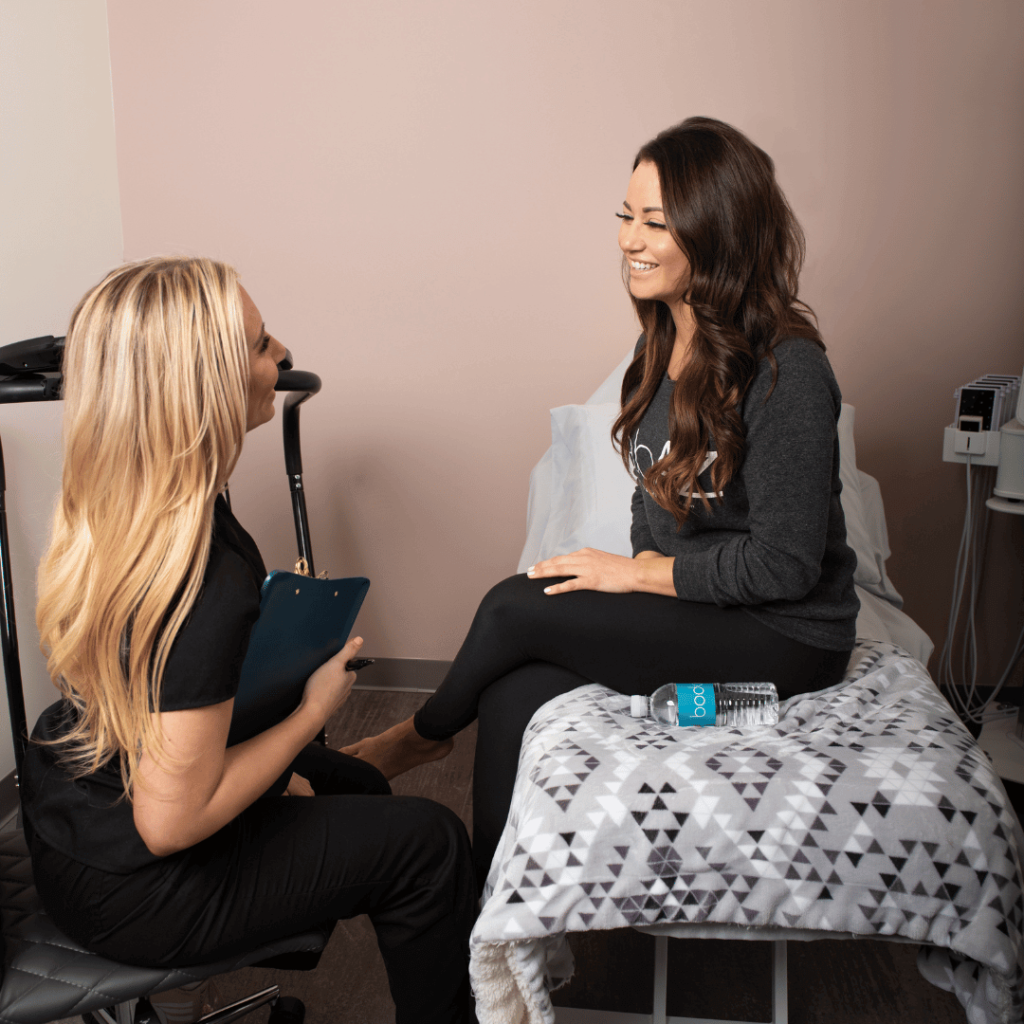
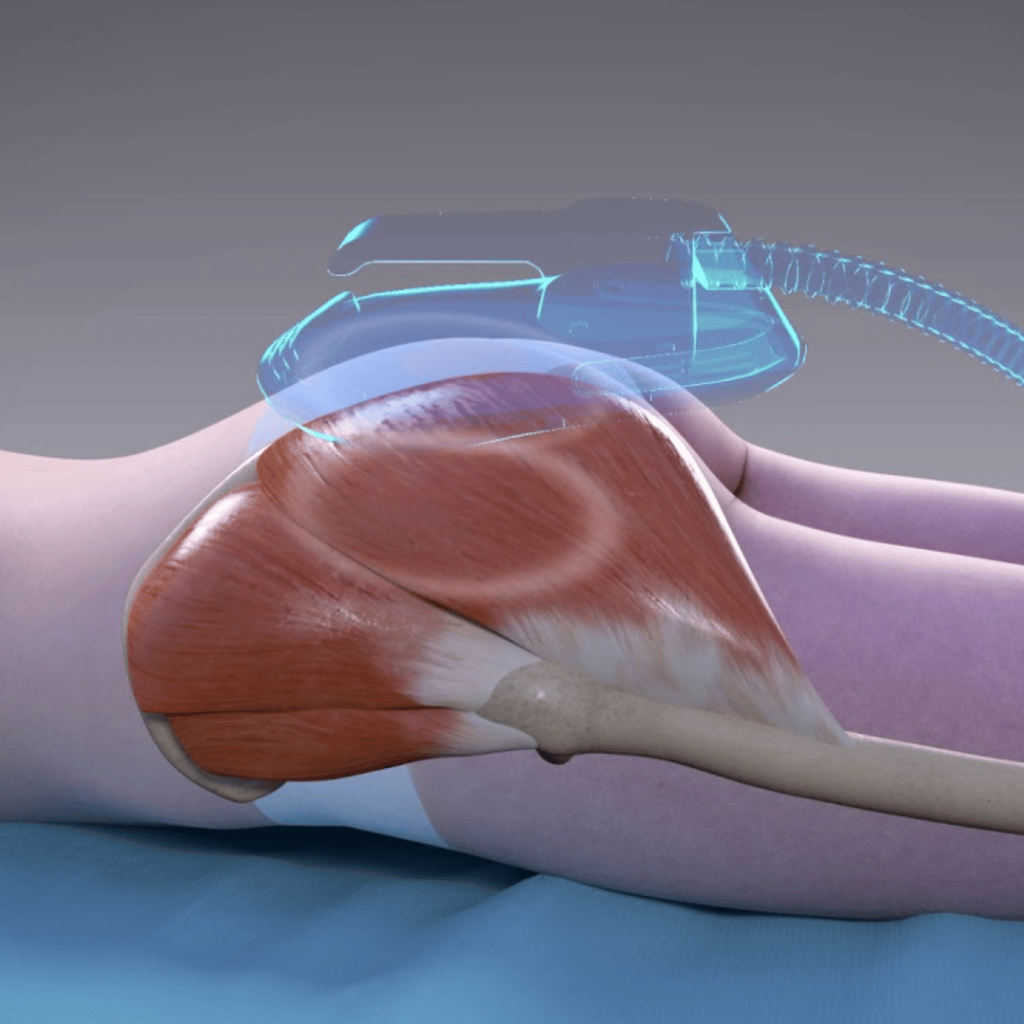
There are various non-surgical body contouring techniques available.
These include ultrasound-based treatments, radiofrequency devices, laser therapy, and cryolipolysis (fat freezing).
Each method has its own approach and benefits, catering to different individual needs and preferences.
The results of non-surgical body contouring procedures can vary in terms of how long they last.
Generally, patients can expect results to be noticeable and lasting for several months or even years.
However, individual factors, lifestyle choices, and ongoing maintenance can affect the duration of the outcomes.

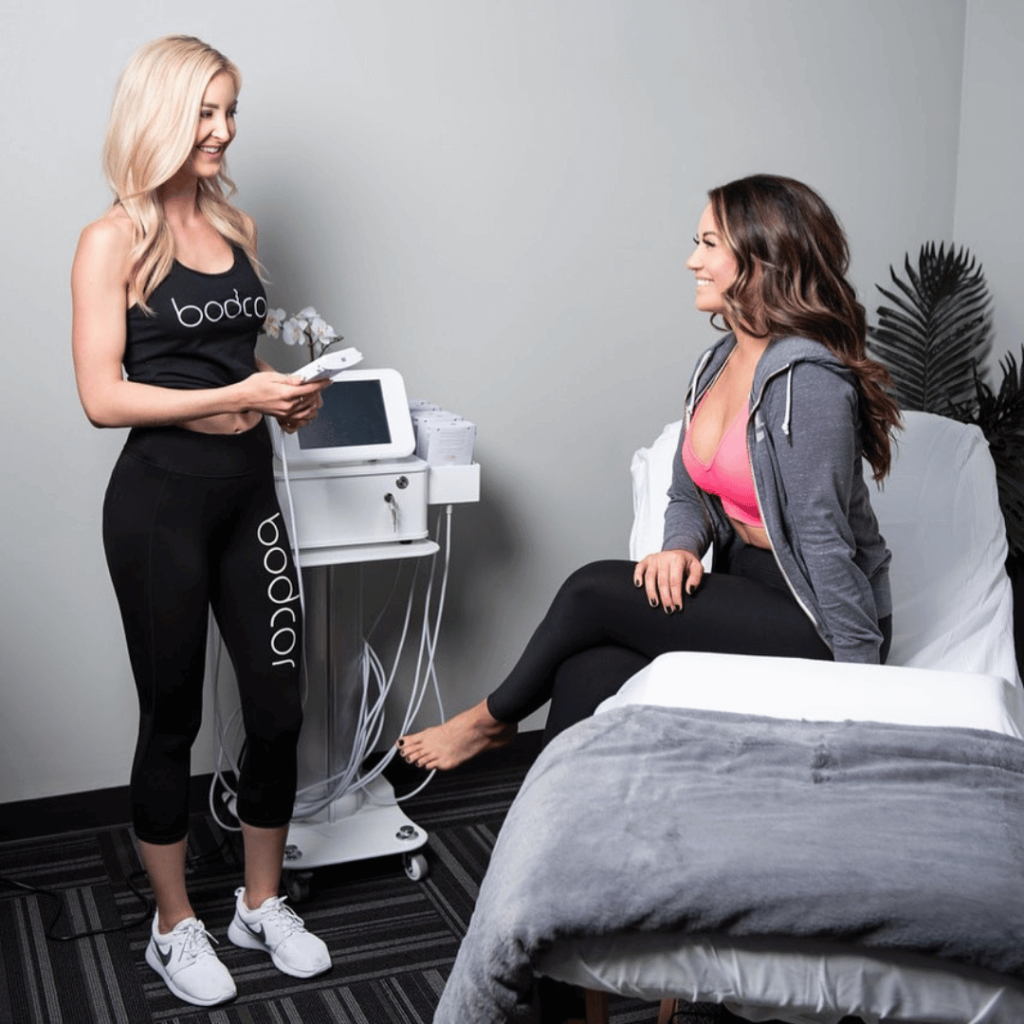
Several factors can influence how long the results of non-surgical body contouring last.
Factors such as individual metabolism, age, weight fluctuations, and overall health can impact the longevity of the outcomes.
Maintaining a healthy lifestyle and following post-procedure guidelines can help sustain the effects.
To ensure sustained results from non-surgical body contouring, proper maintenance and follow-up care are crucial.
This may include adhering to a healthy diet, regular exercise, and maintaining a stable weight.
Periodic touch-up treatments or additional sessions may also be recommended for optimal and long-lasting outcomes.
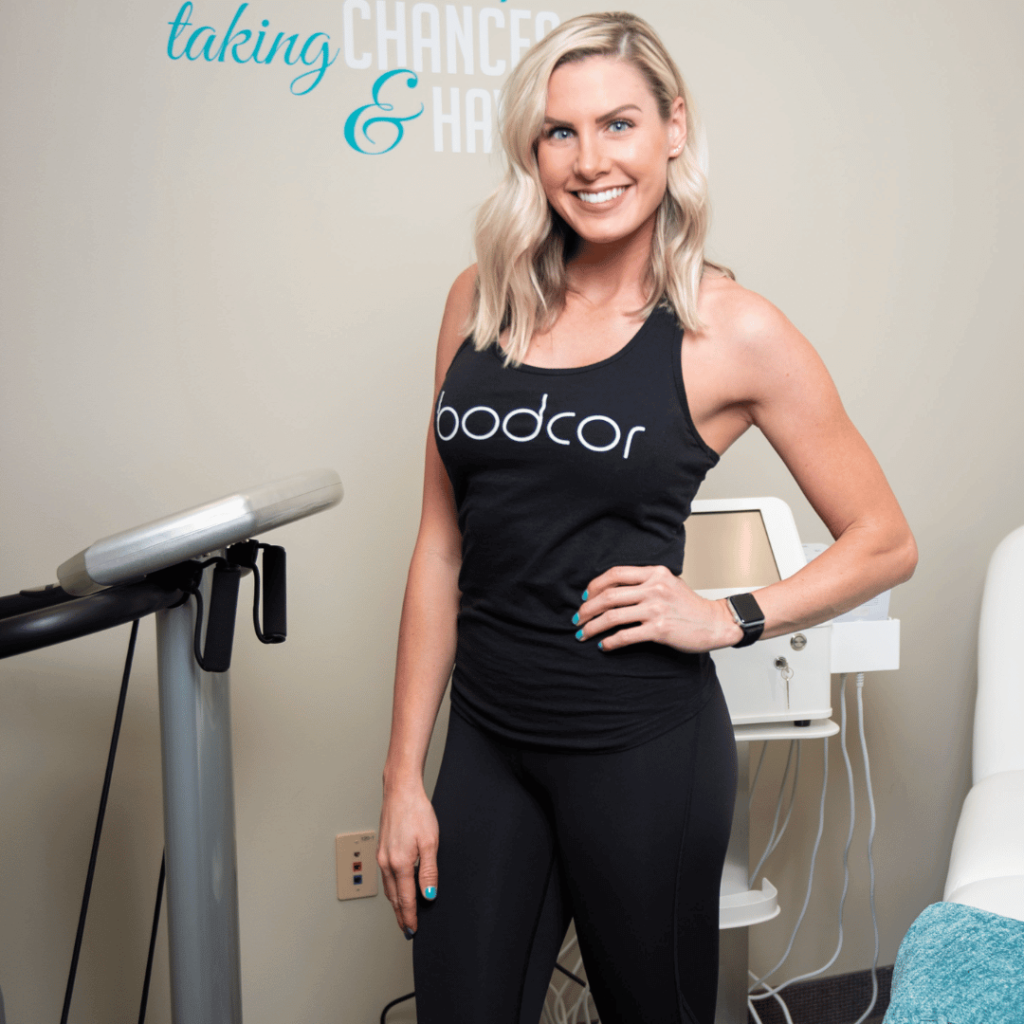
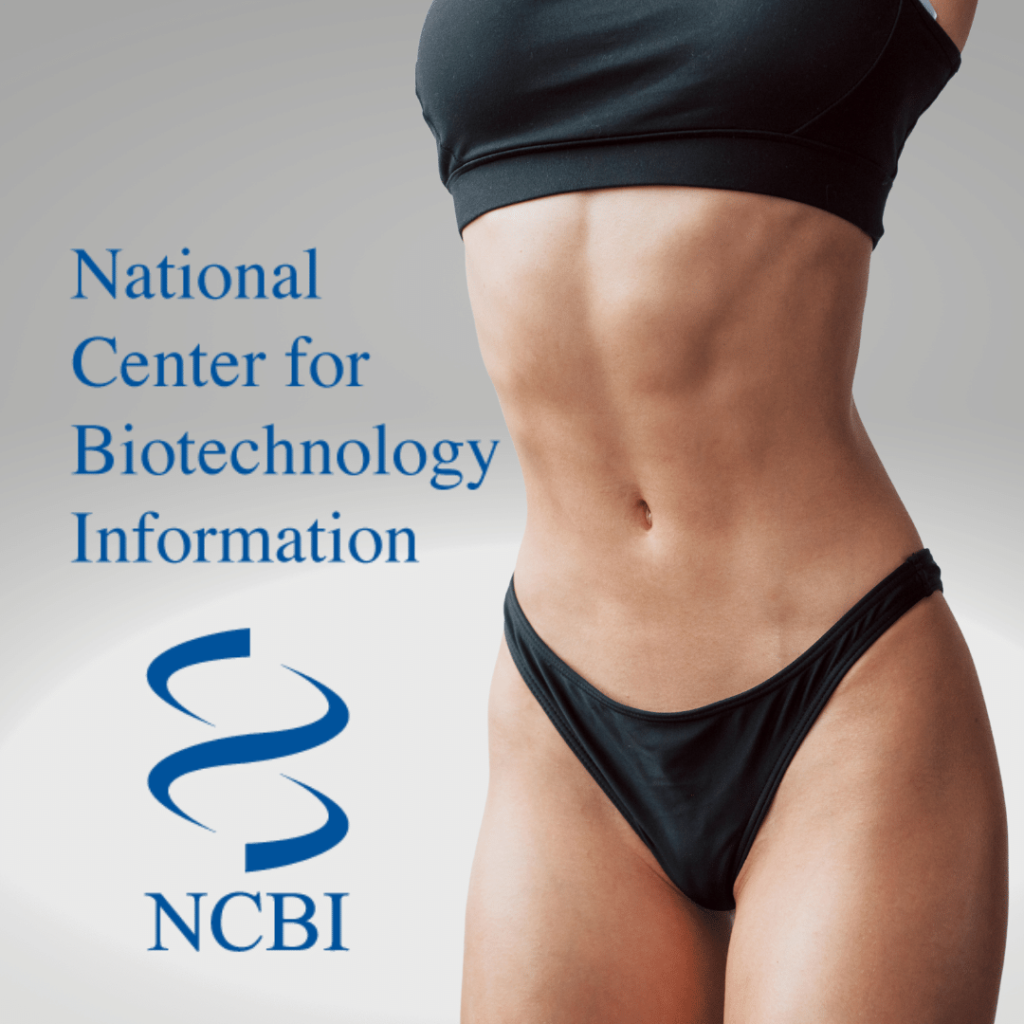
Are you curious about non-invasive body contouring?
This comprehensive guide will provide all the essential information you need.
We’ll explore the benefits, techniques, and effectiveness of these procedures, helping you make an informed decision for your body goals.
Welcome to our comprehensive guide on non-invasive body contouring!
In this article, we’ll delve into the concept and techniques behind this popular procedure.
We’ll also compare it to surgical alternatives, giving you a clear understanding of your options for achieving your desired body shape.
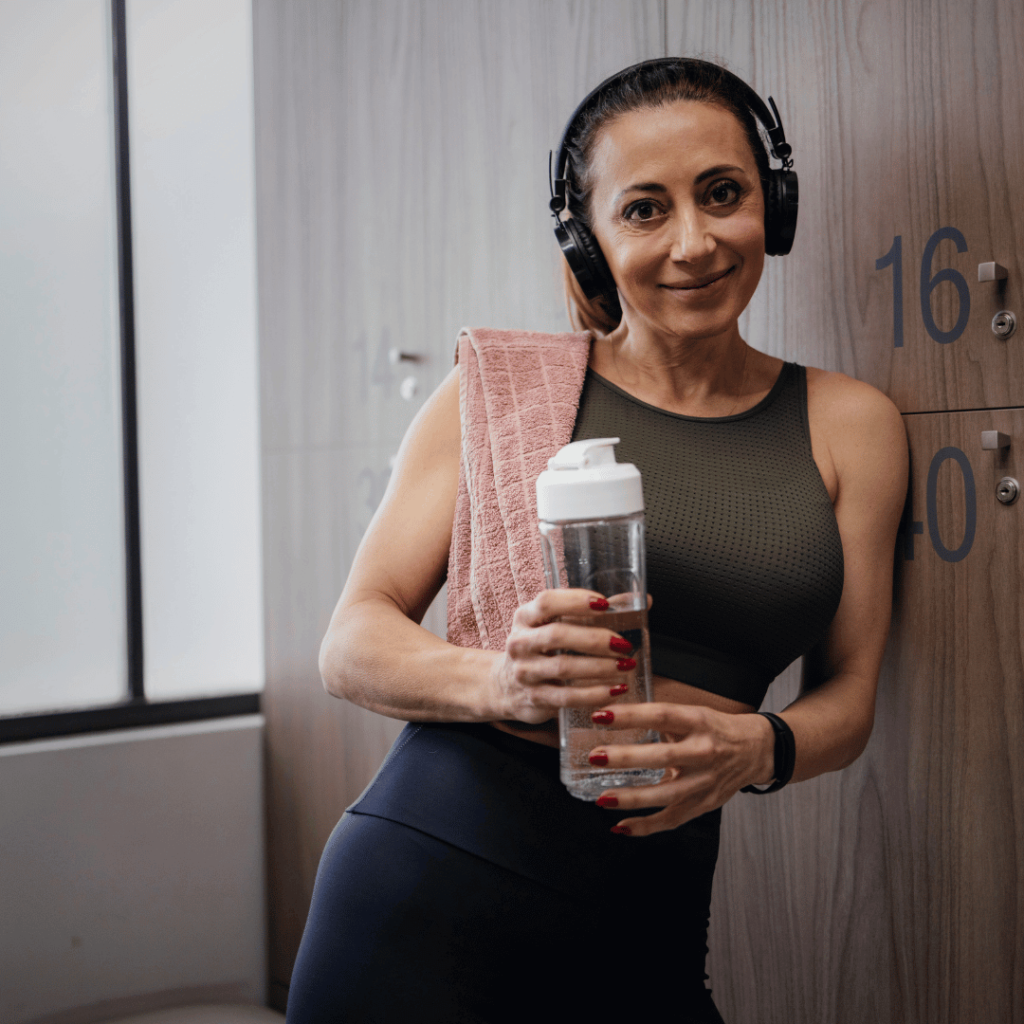
Before undergoing non-invasive body contouring, it’s crucial to understand the safety considerations and potential side effects.
In this section, we’ll discuss the precautions you should take and provide insights on managing any common side effects that may arise during or after the procedure.
Preparing for a non-invasive body contouring procedure is an important step toward a successful outcome.
In this section, we’ll guide you through the necessary preparations, including pre-procedure instructions and any lifestyle adjustments you may need to make.
Your journey to a transformed body begins here.
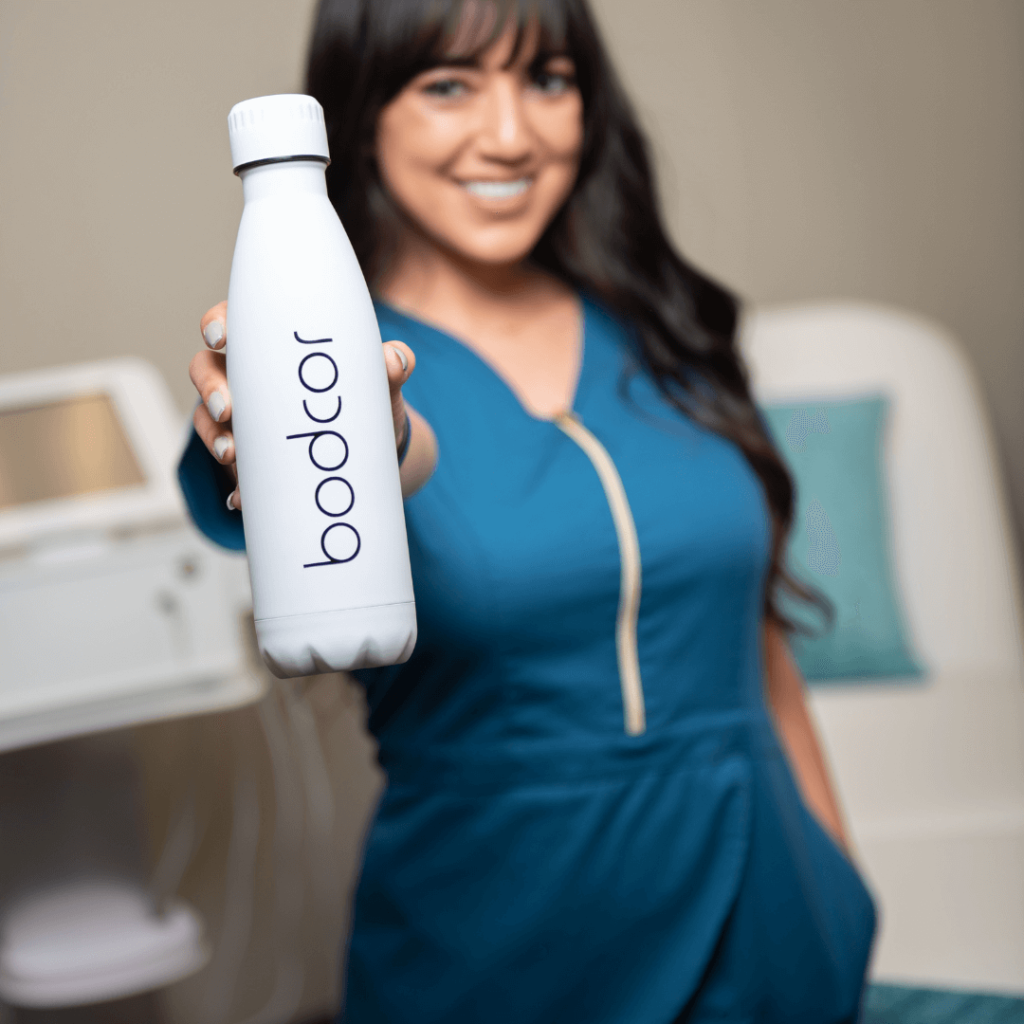
Curious about what happens during a non-invasive body contouring procedure?
This section will walk you through the step-by-step process, explaining what you can expect before, during, and after the treatment. Understanding the procedure will help alleviate any uncertainties and ensure a comfortable experience.
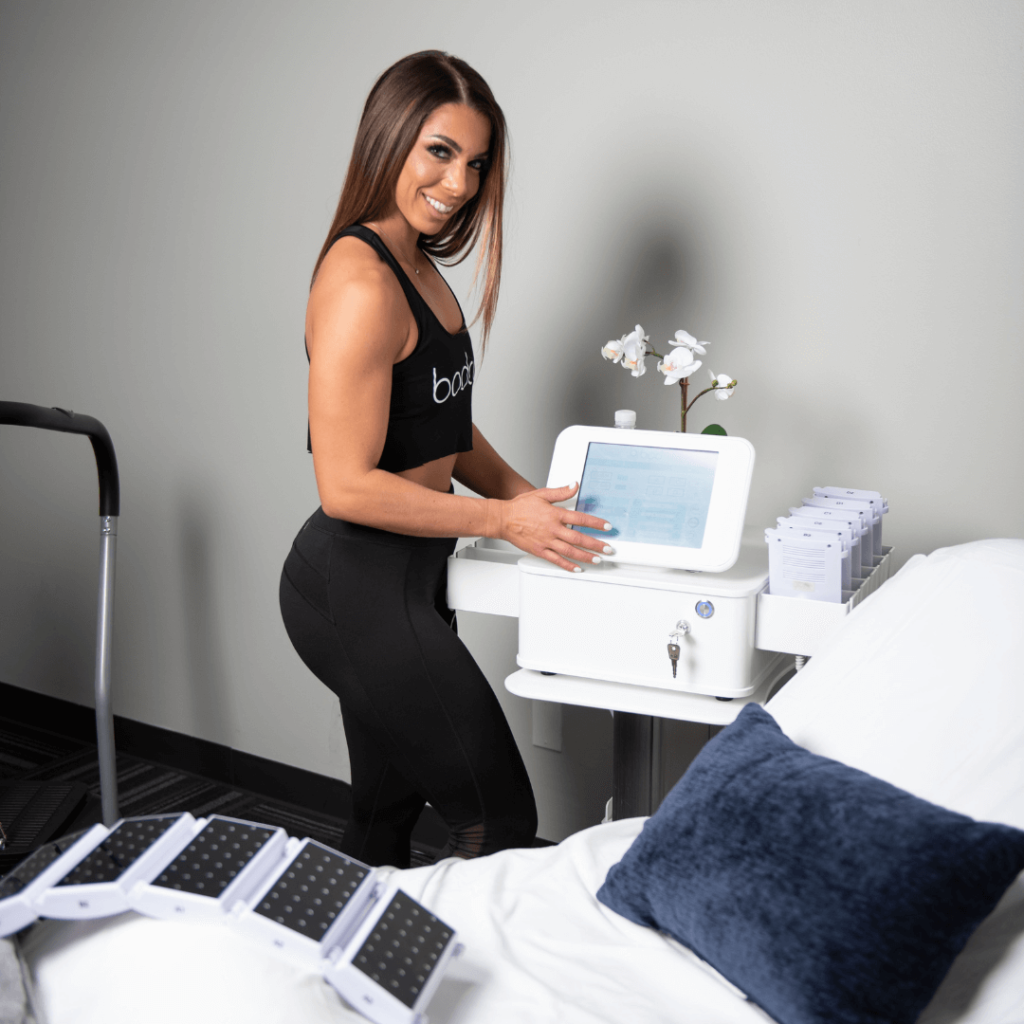
After undergoing non-invasive body contouring, proper recovery and aftercare are essential for optimal results.
In this section, we’ll provide you with valuable guidelines to follow, including tips for managing any discomfort and promoting a smooth recovery.
Get ready to take care of yourself post-procedure.
You’re probably wondering what kind of results you can expect from non-invasive body contouring.
In this section, we’ll discuss the typical outcomes and the factors that may influence the degree of improvement.
Understanding the possibilities will help you set realistic expectations for your transformation.
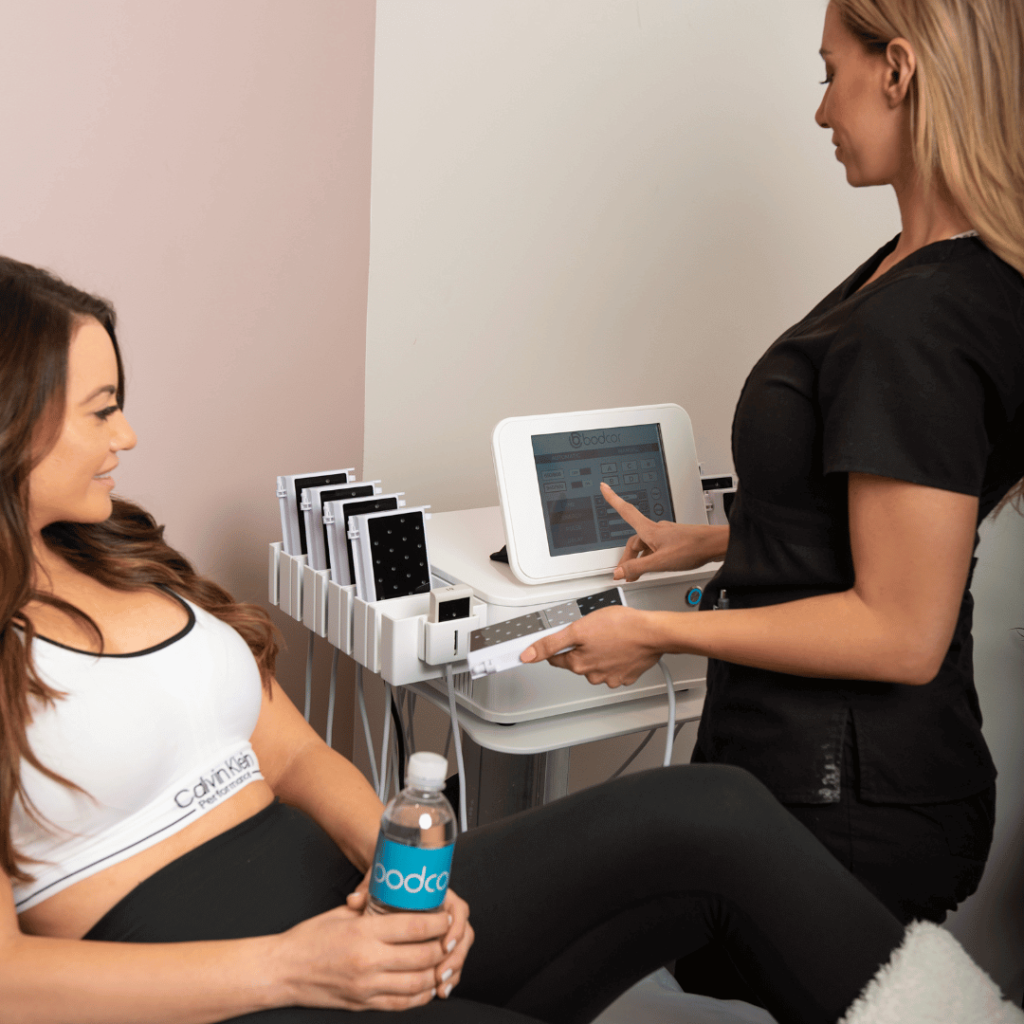
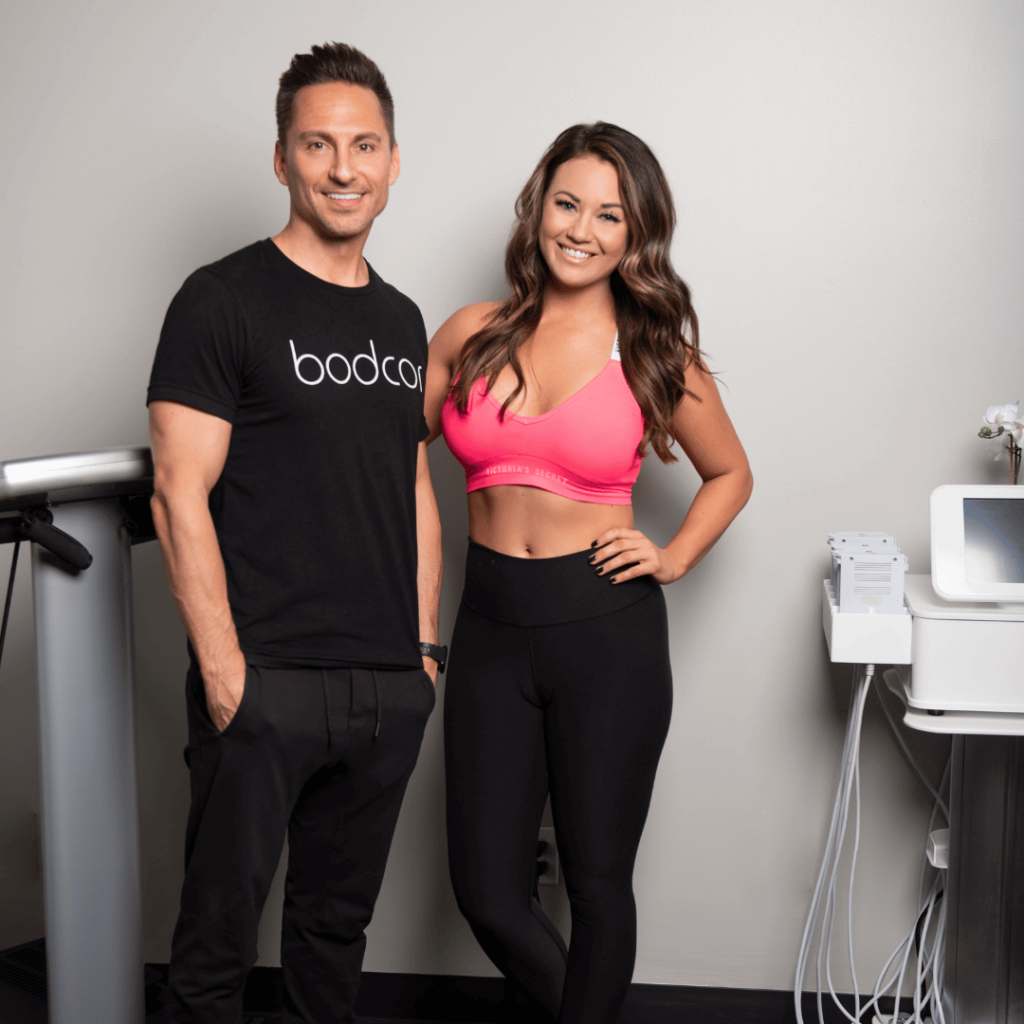
Hearing from those who have undergone non-invasive body contouring can provide valuable insights.
In this section, we’ll share patient testimonials and experiences, offering you a glimpse into their journeys and the outcomes they achieved.
Learn from real-life stories and get inspired for your own transformation.
When it comes to non-invasive body contouring, it’s important to grasp the scientific principles behind it.
This knowledge helps explain how these procedures work and why they can be effective.
By understanding the science, you can make informed decisions about your body goals.
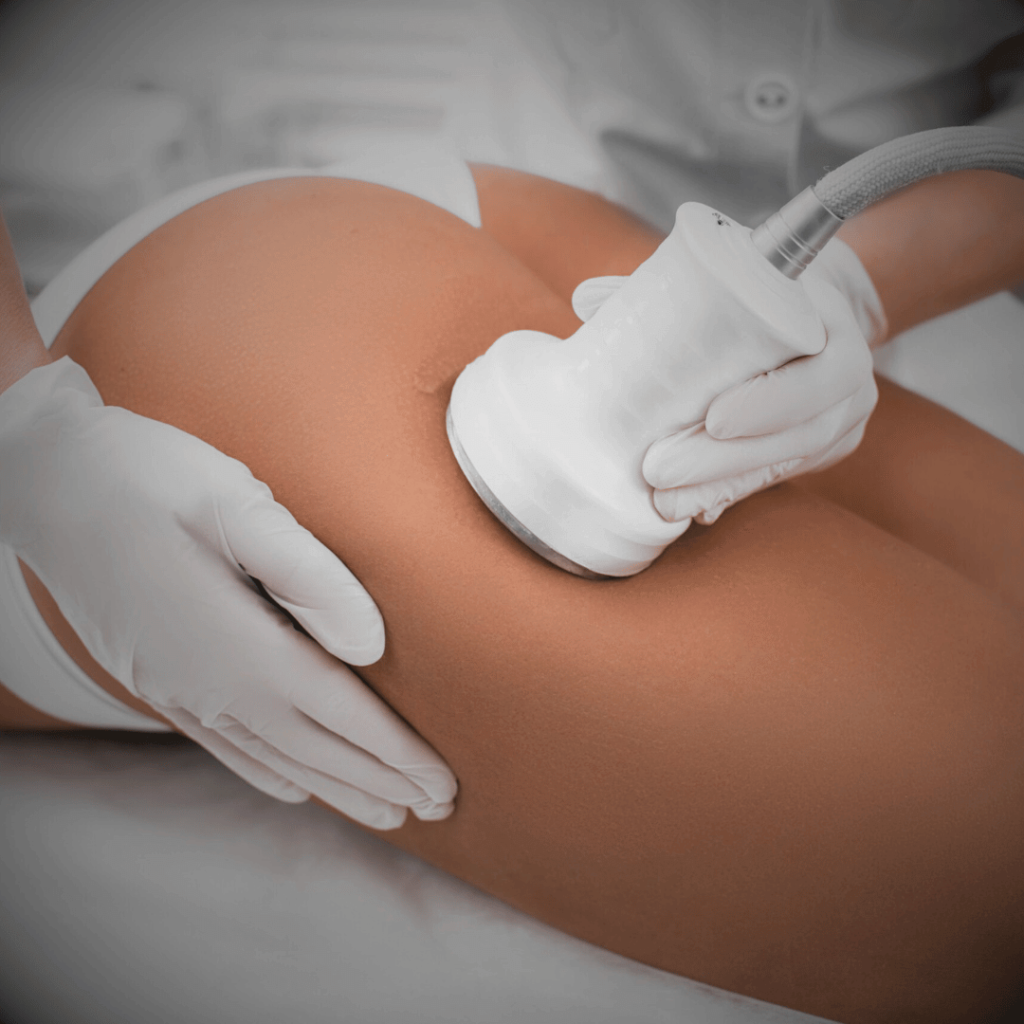

Non-invasive body contouring is not just a trend; it’s grounded in scientific principles.
The science involves using specialized techniques to reshape the body without surgery.
Understanding this science is key to appreciating the benefits and potential outcomes of these procedures.
One fascinating aspect of non-invasive body contouring is how it targets fat cells.
These procedures use advanced technologies to break down and eliminate fat cells from specific areas of the body. This targeted approach helps to sculpt and shape your body contours.
Non-invasive body contouring relies on sophisticated technologies and mechanisms to achieve desired results.
These technologies can include laser energy, radiofrequency, ultrasound, and more.
They work by safely penetrating the skin to target and reduce fat cells, promoting a smoother appearance.
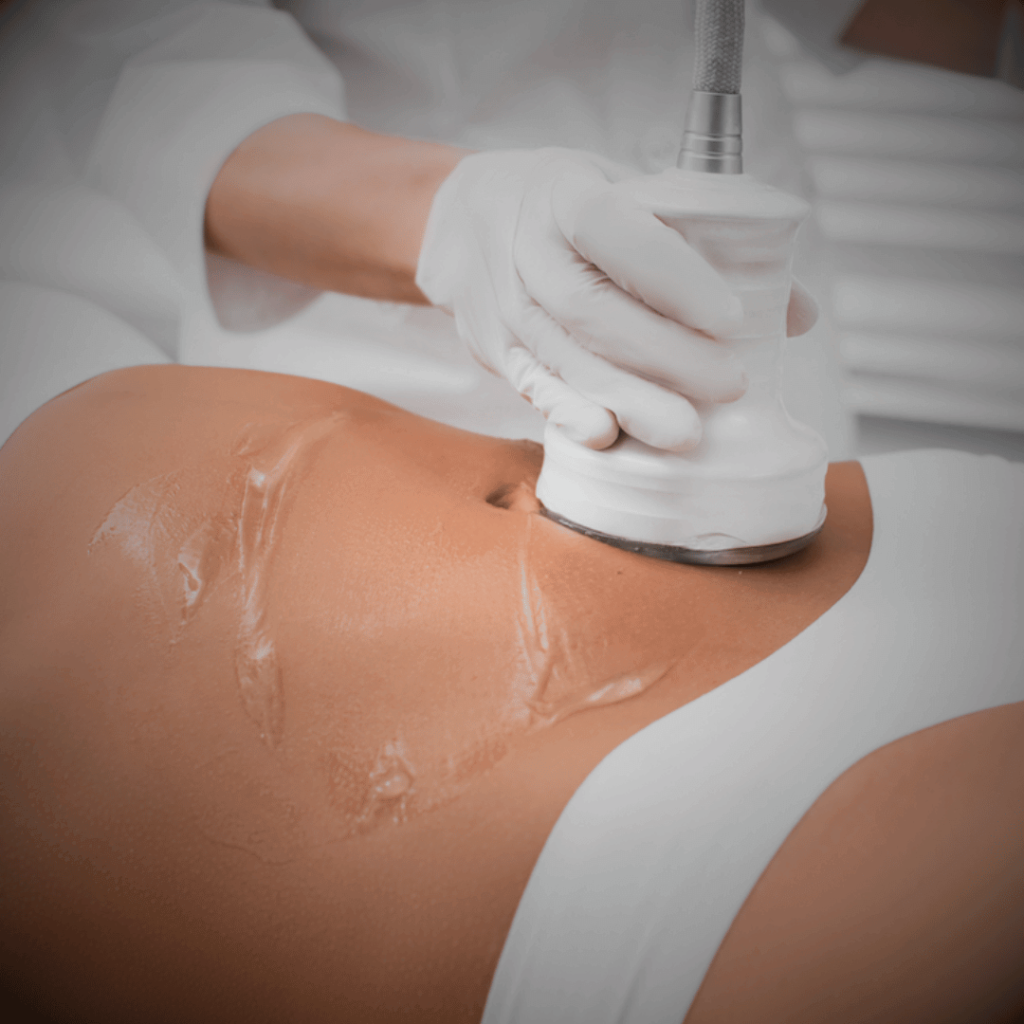
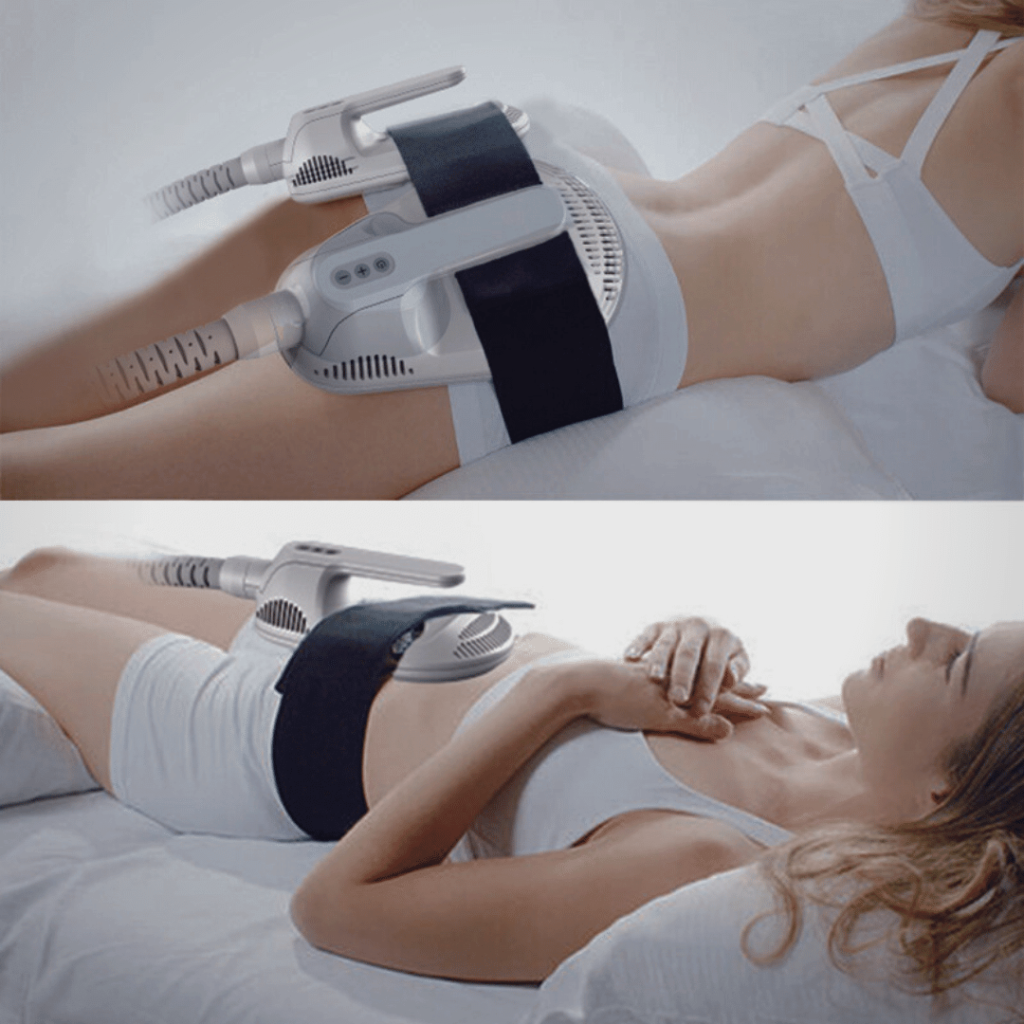
Scientific studies and research play a crucial role in supporting the effectiveness of non-invasive body contouring.
Numerous studies have demonstrated the positive outcomes and safety of these procedures.
This scientific evidence provides confidence in the potential benefits of non-invasive body contouring.
When deciding on a non-invasive body contouring procedure, it’s crucial to make the right choice. Transitioning to a more sculpted figure requires careful consideration of various factors.
Let’s explore what you should keep in mind to ensure the best results and satisfaction.
Selecting the ideal non-invasive body contouring procedure necessitates taking specific factors into account.
Understanding these considerations will assist you in making an informed decision about which treatment option aligns with your goals and needs.
Let’s dive into the essential factors you should consider.


Identifying your body contouring goals and pinpointing the specific areas you wish to target is a vital step in the process.
Whether it’s reducing stubborn belly fat or toning your thighs, clarifying your goals will help guide you toward the most suitable non-invasive body contouring procedure.
Your skin type and elasticity play a significant role in determining the effectiveness and outcome of non-invasive body contouring.
Considering these factors allows you to align your expectations and choose a procedure that caters to your unique skin characteristics, ensuring optimal results.
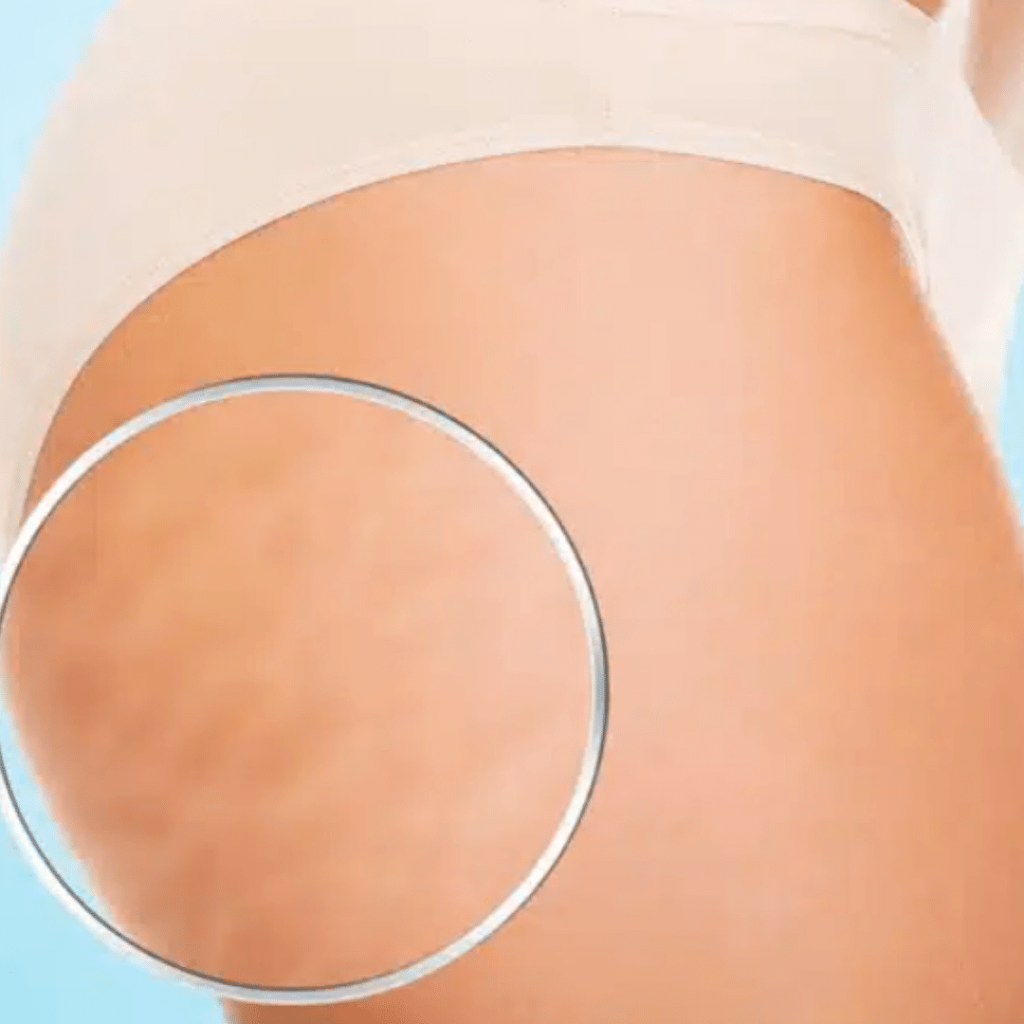

Before undergoing any non-invasive body contouring procedure, it’s important to evaluate your overall health and medical history.
Discussing any pre-existing conditions, medications, or allergies with your healthcare provider helps ensure your safety and minimizes potential risks or complications.
Seeking a consultation with a qualified and experienced practitioner is an essential step in the non-invasive body contouring process.
During this consultation, you can discuss your goals, address any concerns, and receive expert advice on the most suitable treatment options based on your individual needs and circumstances.
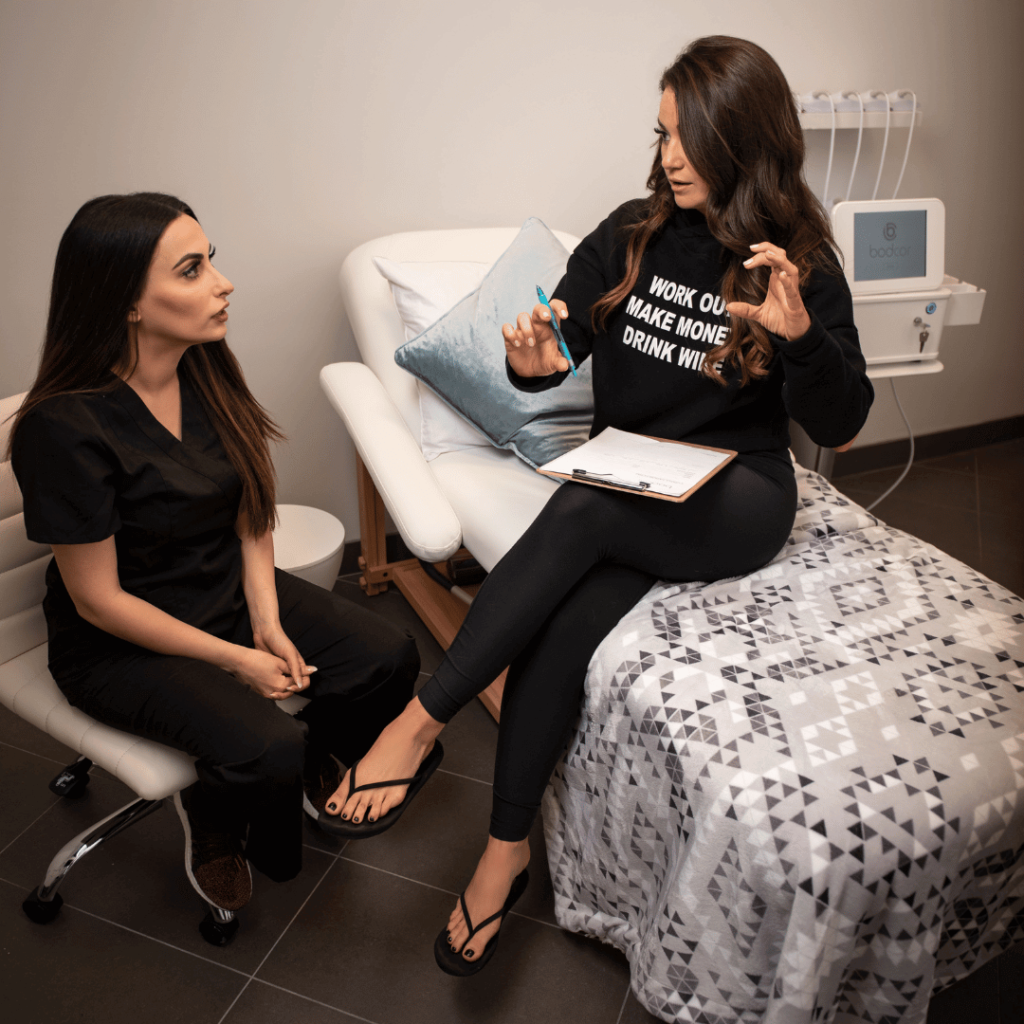
When considering non-invasive body contouring, it’s essential to understand the safety measures and potential side effects.
Transitioning into the realm of aesthetics may bring concerns, but rest assured, proper precautions are taken to ensure your well-being.
Let’s dive deeper into the safety considerations and potential side effects associated with non-invasive body contouring.

Ensuring your safety is our top priority in non-invasive body contouring procedures.
To maintain a high standard of care, trained professionals thoroughly evaluate your medical history, current health, and individual needs.
By assessing these factors, we can tailor the treatment plan to your specific requirements, providing a safer and more effective experience.
Like any cosmetic procedure, non-invasive body contouring may present potential risks and complications. It’s important to be aware of these possibilities to make an informed decision.
Although complications are rare, factors such as pre-existing medical conditions, improper aftercare, or unqualified practitioners may increase the likelihood.
However, with proper precautions and qualified professionals, these risks can be minimized.
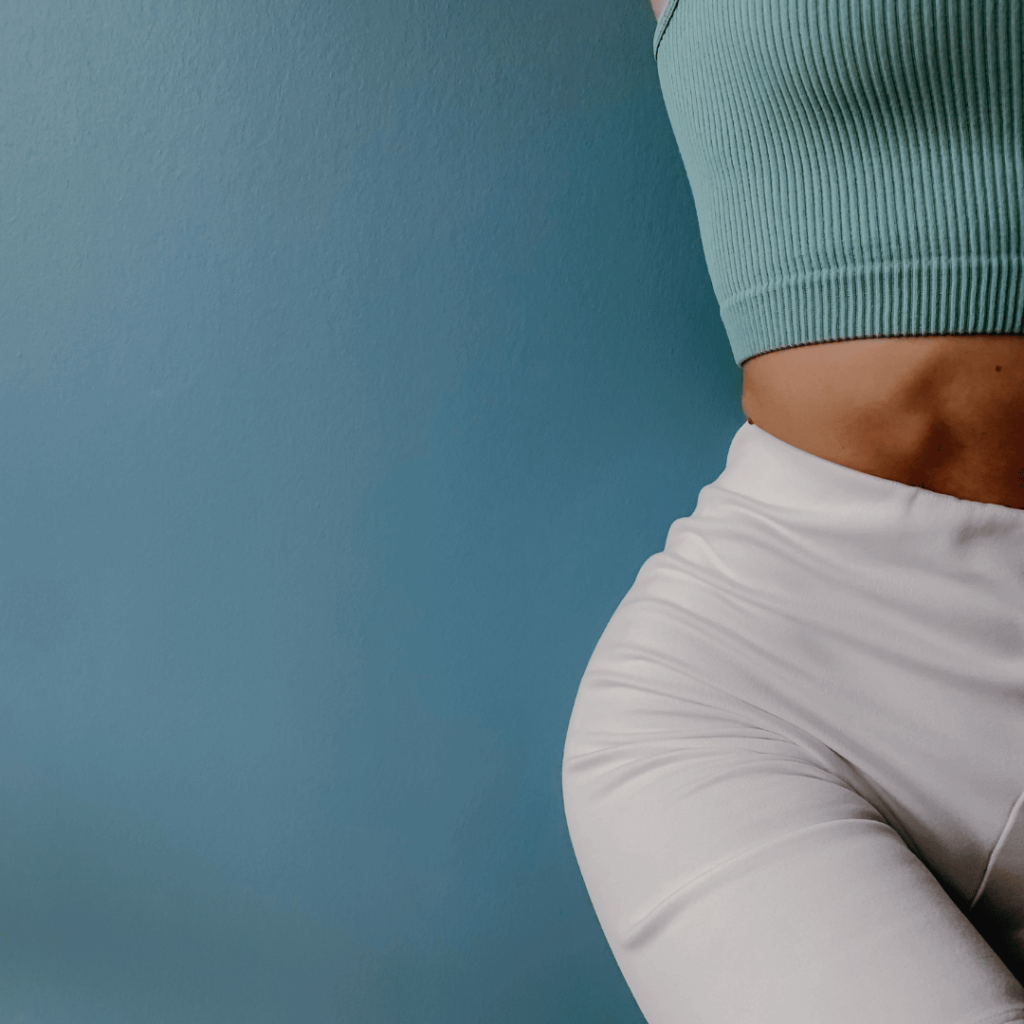
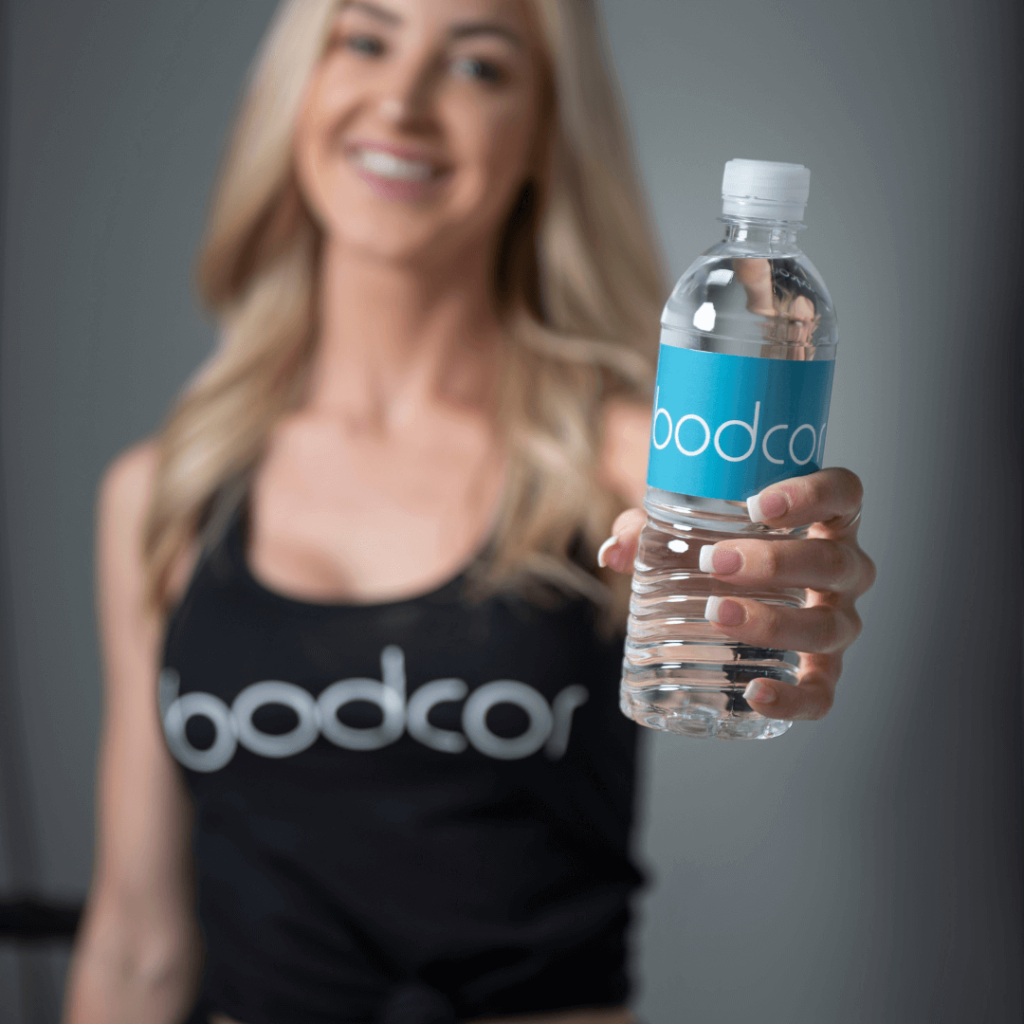
Certain conditions and life stages require special attention when considering non-invasive body contouring.
Pregnant women and individuals with specific medical conditions, such as severe heart disease or uncontrolled diabetes, may need to postpone or avoid these procedures altogether.
To prioritize your safety, it is crucial to consult with your healthcare provider.
Non-invasive body contouring generally has minimal side effects, it’s important to be aware of the possible outcomes.
Common side effects may include temporary redness, swelling, bruising, or mild discomfort in the treated area.
Proper aftercare, such as applying cold compresses and following the specialist’s recommendations, can help alleviate these temporary effects.
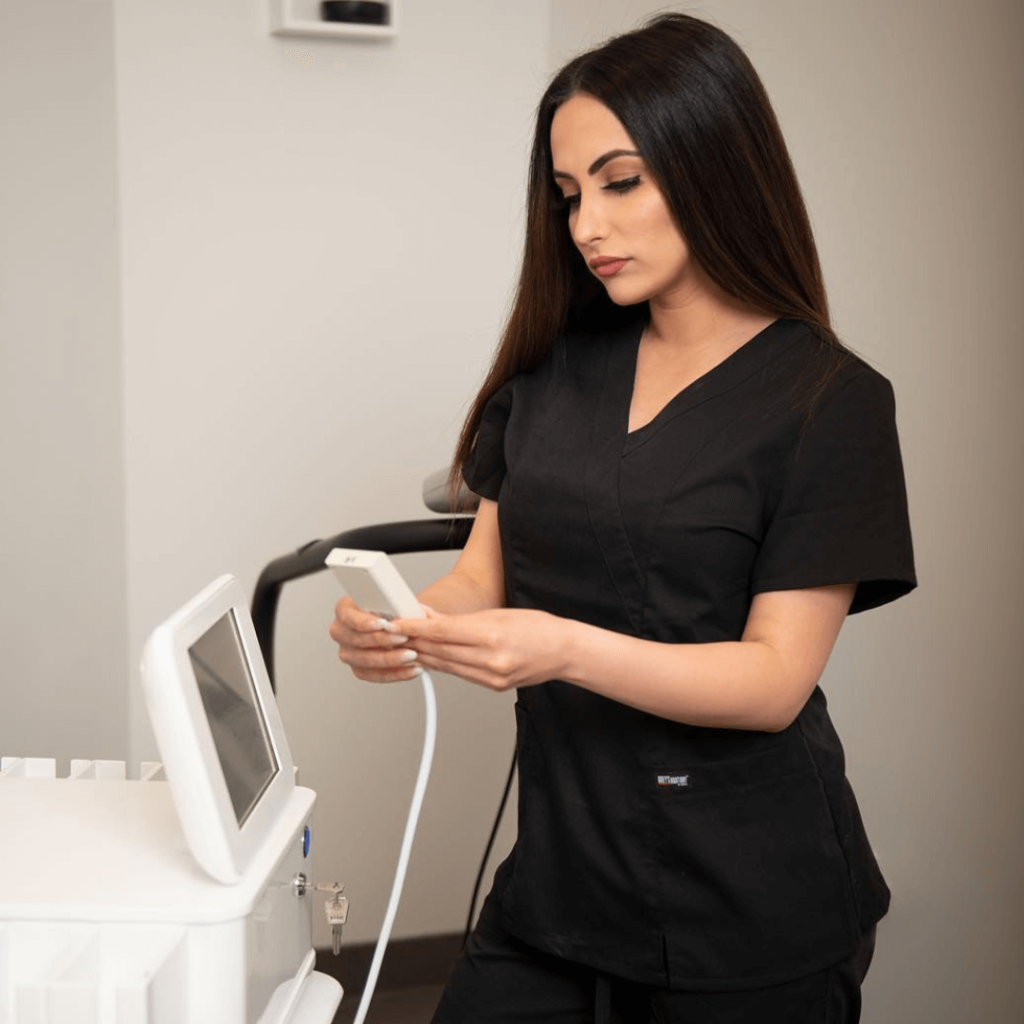
When considering non-invasive body contouring, it’s important to have realistic expectations.
Non-invasive procedures can improve your body’s appearance, but they won’t magically transform you into someone else.
So, keep in mind that the changes may be subtle and gradual, enhancing your natural features.

To understand the degree of improvement achievable through non-invasive body contouring, it’s crucial to know that the results can vary from person to person.
Some individuals may experience more noticeable changes, while others may see more subtle enhancements. Each body responds differently, so patience and realistic expectations are key.
Several factors can influence the success of non-invasive body contouring procedures.
Factors such as the individual’s age, overall health, lifestyle choices, and commitment to post-treatment care can impact the outcome.
Additionally, factors like skin elasticity, body composition, and targeted treatment areas also play a role in achieving desired results.
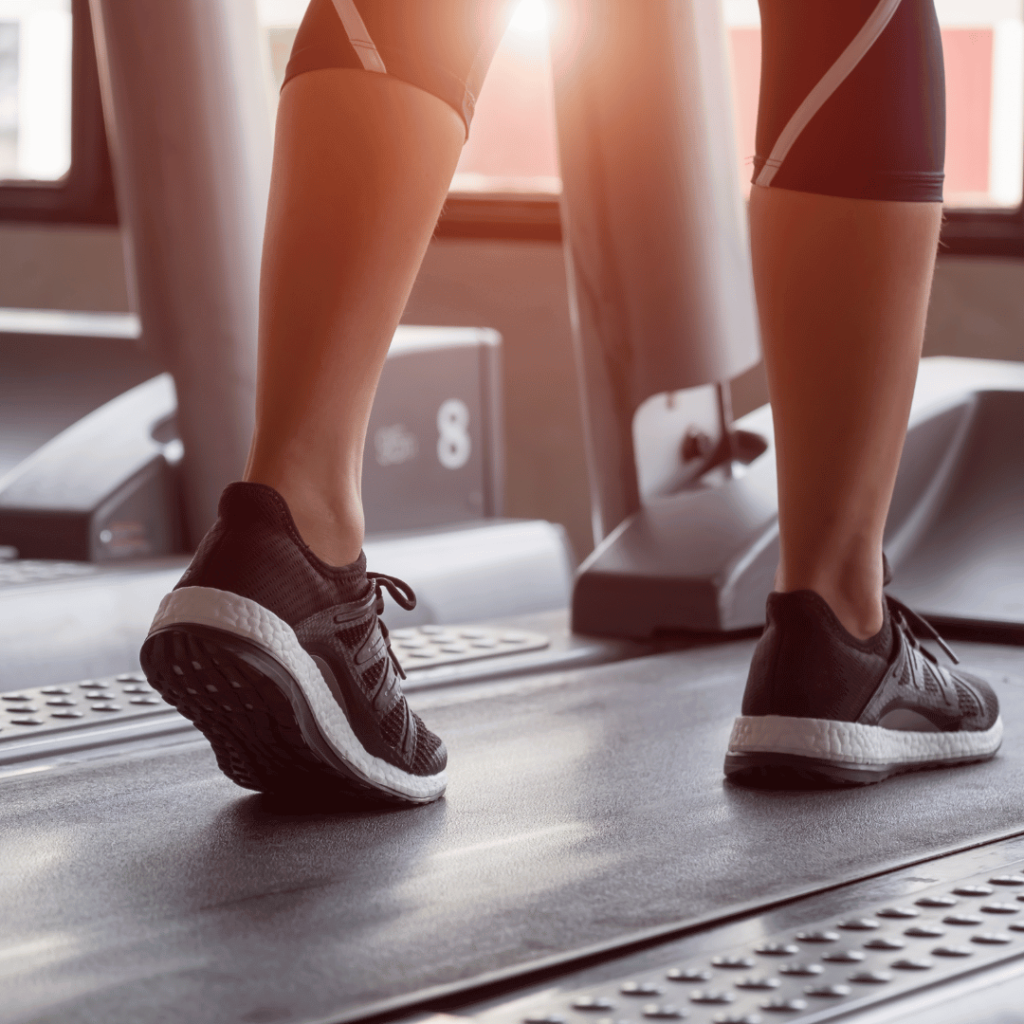
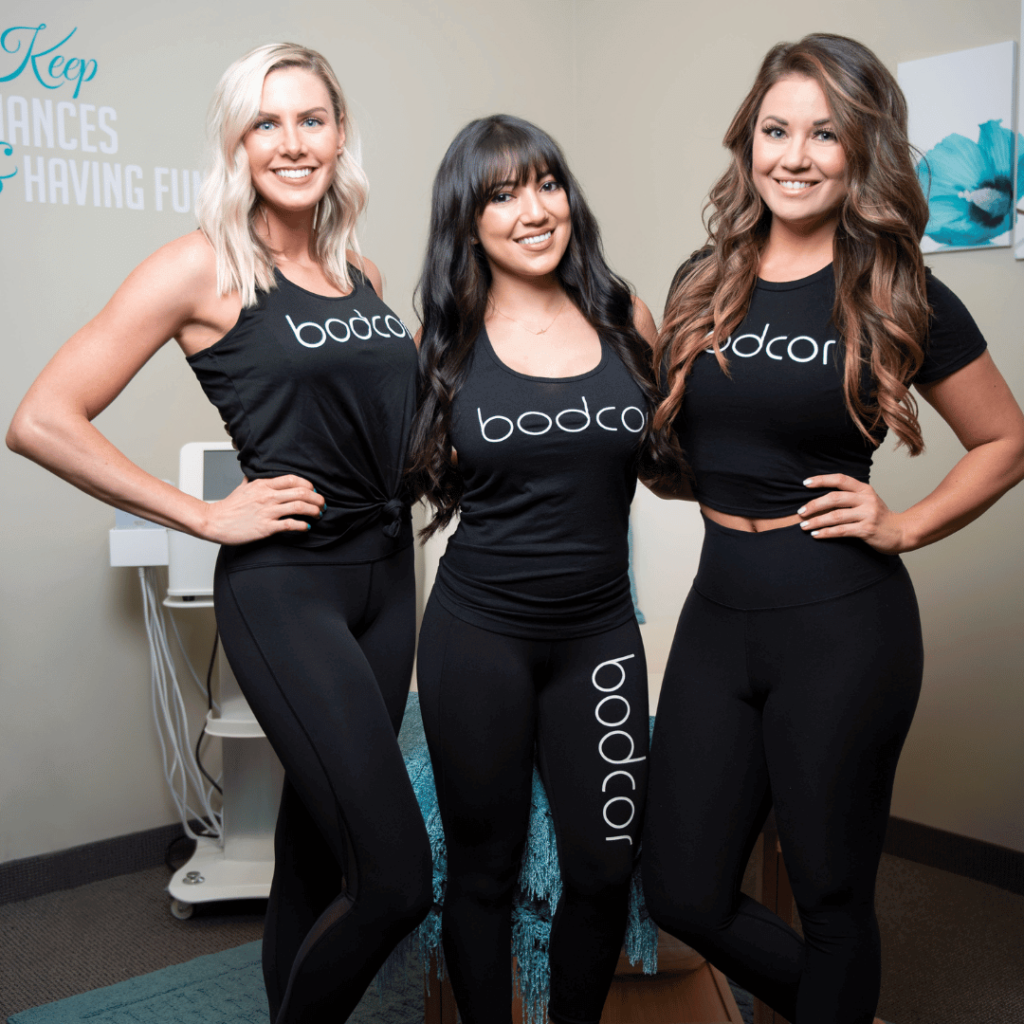
While non-invasive body contouring can be effective for many individuals, there are limitations to consider.
For instance, significant weight loss or extensive body transformations may require surgical alternatives for optimal results.
Moreover, certain medical conditions or specific body types may make surgical options more suitable.
To achieve the best results from non-invasive body contouring, it’s crucial to pay attention to your diet and engage in regular exercise.
A balanced diet rich in nutritious foods, such as fruits, vegetables, and lean proteins, can complement the contouring process.
Additionally, incorporating exercise into your routine can help improve muscle tone and overall body composition, enhancing the effectiveness of the treatment.
Achieving optimal results with non-invasive body contouring involves more than just the procedure itself. It’s essential to adopt a healthy lifestyle that supports the contouring process.
By making smart choices in your everyday life, such as maintaining a nutritious diet, staying active, and prioritizing self-care, you can maximize the benefits of body contouring and enjoy long-lasting results.
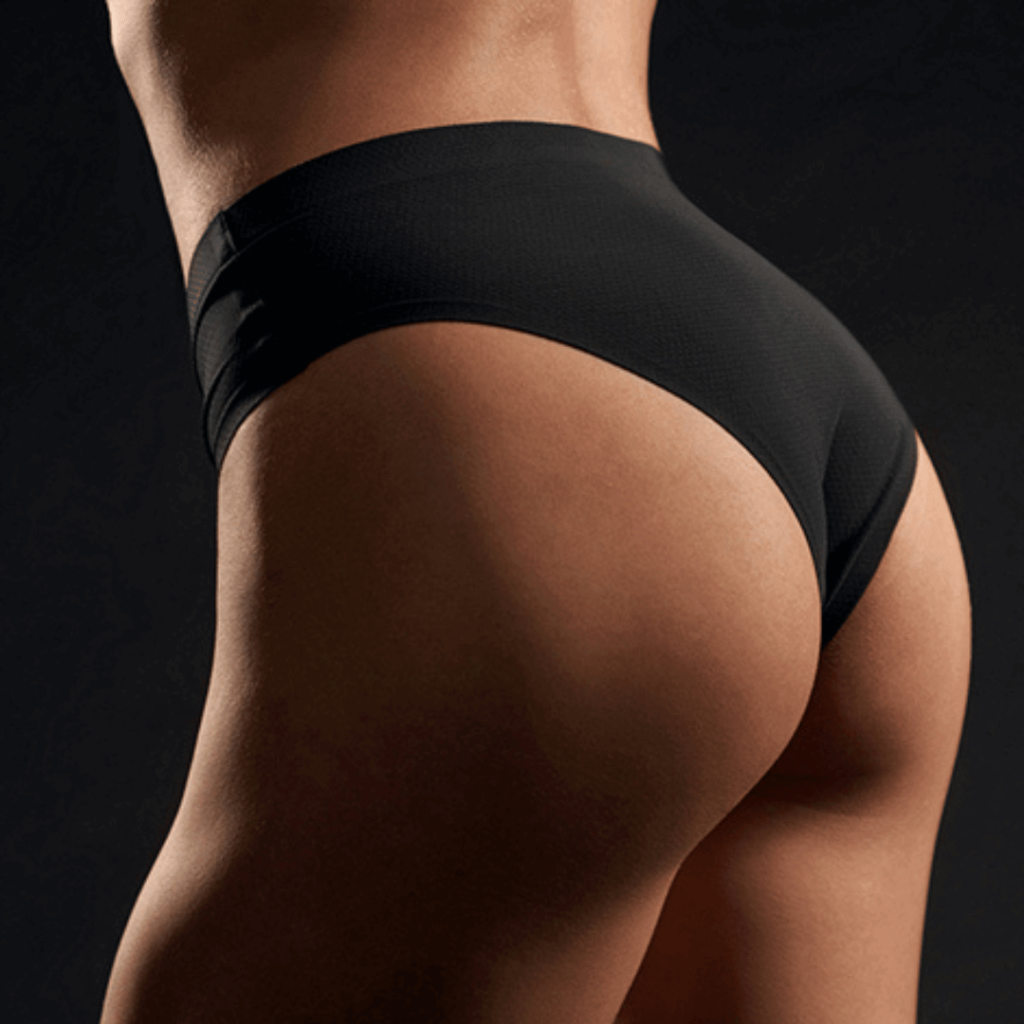

When it comes to non-invasive body contouring, a balanced diet plays a crucial role.
By nourishing your body with a variety of wholesome foods, you provide the necessary nutrients for healthy tissue regeneration and support the contouring effects.
Including fruits, vegetables, whole grains, and lean proteins in your diet can help optimize the body contouring journey.
Physical activity is a vital component in maximizing the outcomes of non-invasive body contouring.
Regular exercise helps burn calories, build muscle, and improve overall fitness levels.
Engaging in activities like cardio exercises, strength training, or even brisk walks can complement the contouring process, leading to better outcomes and a more sculpted appearance.


To maintain the results achieved through non-invasive body contouring in the long term, adopting healthy habits is key. Make sure to prioritize a well-rounded diet, regular exercise, and sufficient sleep.
Consistency is essential, so establishing a sustainable routine and incorporating small lifestyle changes can go a long way in preserving the desired body contour over time.
When it comes to non-invasive body contouring, exciting trends and advances are on the rise. New techniques and technologies are making their way into the field, offering even more options for individuals seeking body transformation.
Let’s look into these emerging trends and advancements.
Non-invasive body contouring continues to evolve with innovative approaches. Scientists and experts are constantly working to improve existing methods and develop new ones.
These advancements bring enhanced precision, better results, and increased comfort to those looking to reshape their bodies. Let’s explore these exciting innovations.
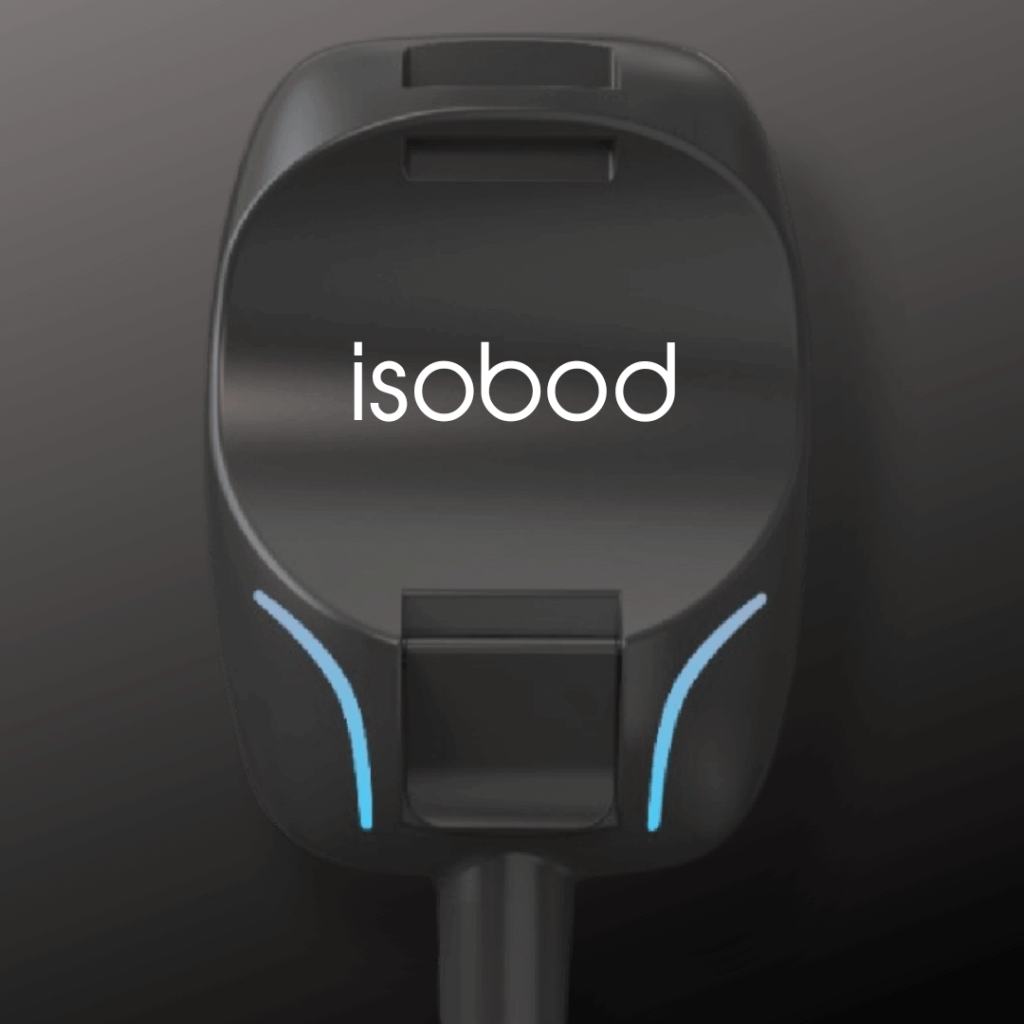
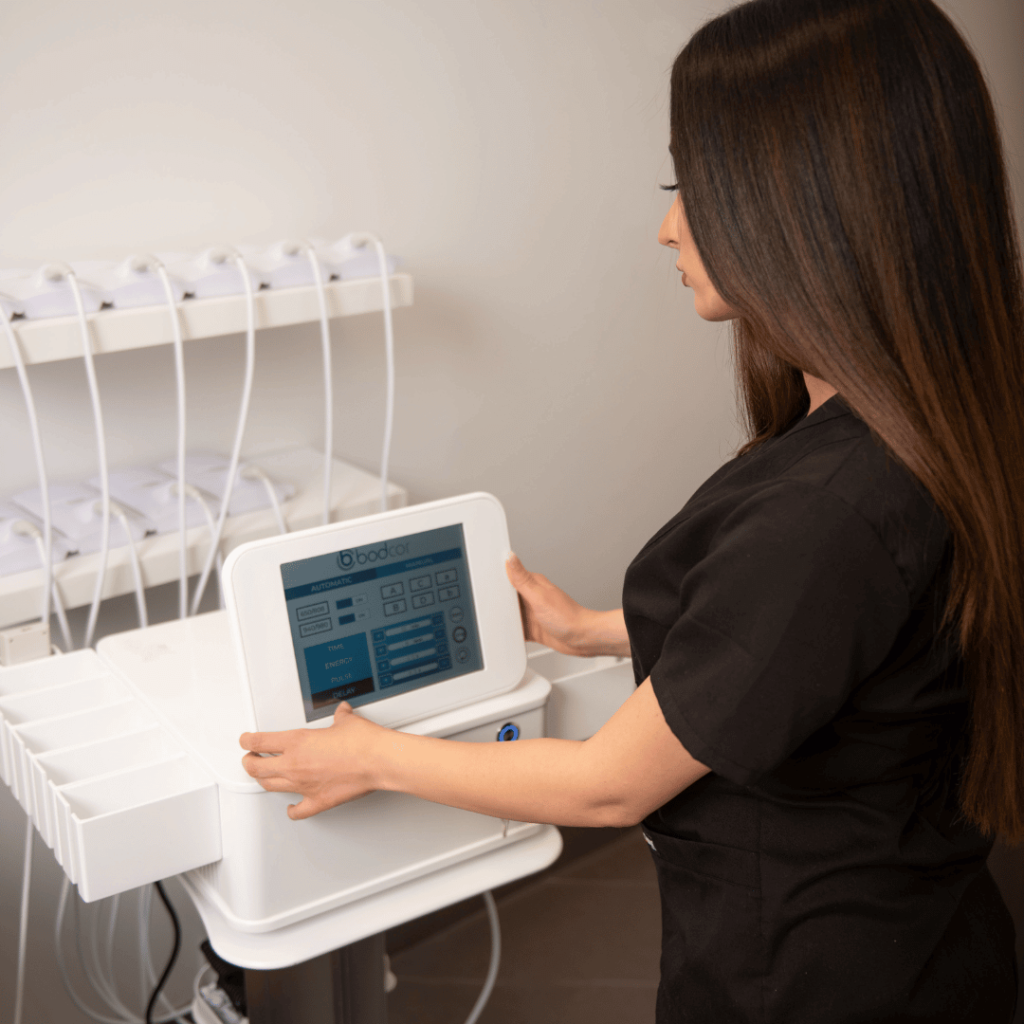
The future of non-invasive body contouring looks promising, thanks to cutting-edge technologies and techniques on the horizon.
These upcoming advancements hold the potential to revolutionize the field, offering more efficient, effective, and customizable solutions for individuals seeking body enhancements. Let’s discover what’s on the horizon.
The world of non-invasive body contouring is constantly evolving, and there are exciting possibilities for future developments.
Researchers and experts are exploring new avenues, from advanced imaging technologies to novel treatment modalities, aiming to push the boundaries of body transformation. Let’s glimpse into the potential future of non-invasive body contouring.
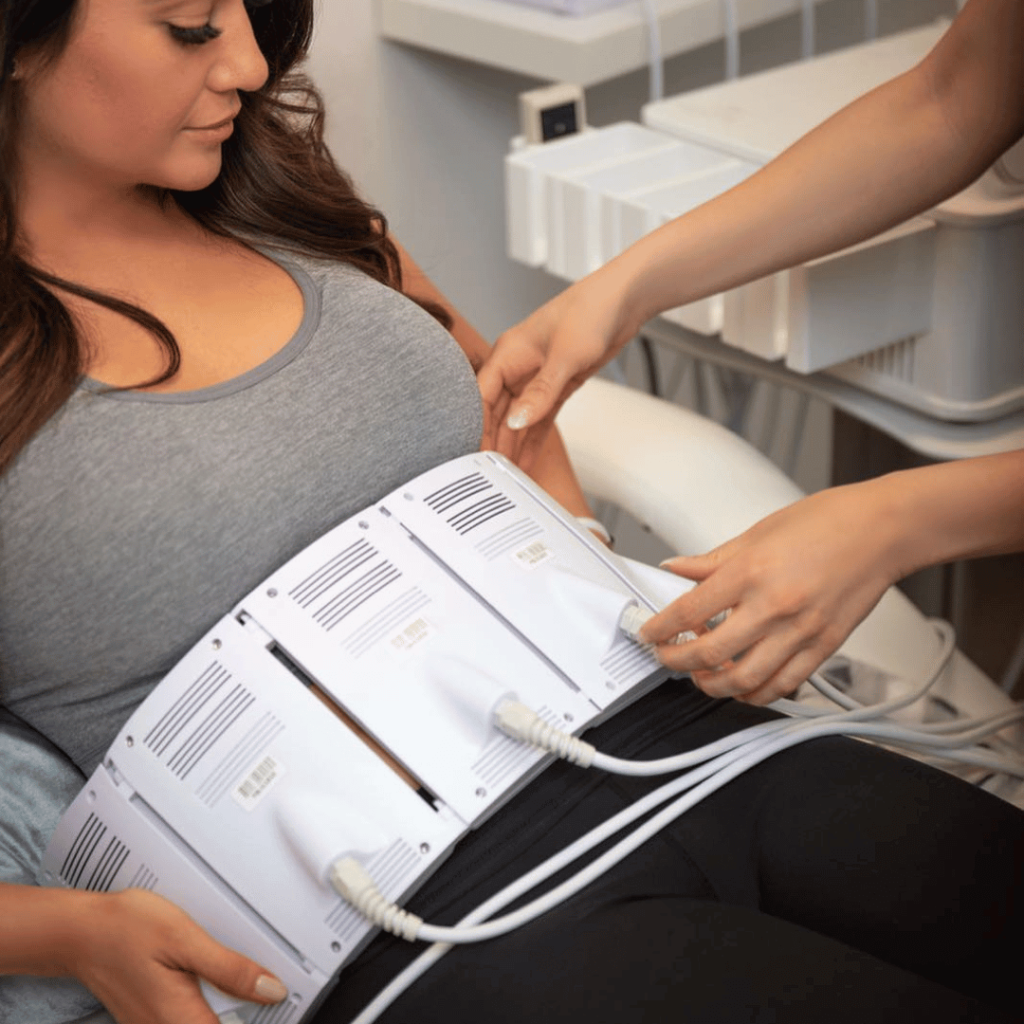
To sum up, non-invasive body contouring provides a non-surgical path to achieve desired body changes. Through various techniques and technologies, it targets specific areas of concern, helping individuals sculpt their bodies without the need for invasive procedures.
Let’s recap the key points of this transformative approach.

Non-invasive body contouring offers several benefits, including reduced risks, minimal downtime, and targeted results.
However, it’s important to consider factors like individual goals, skin type, and health history before undergoing the procedure. Let’s recap both the advantages and important considerations of non-invasive body contouring.
While non-surgical body contouring can provide noticeable improvements, it’s essential to understand that results are not always permanent.
Factors such as lifestyle choices and natural aging processes can influence the longevity of the outcome.
Let’s summarize the key points regarding the permanence of non-surgical body contouring results.
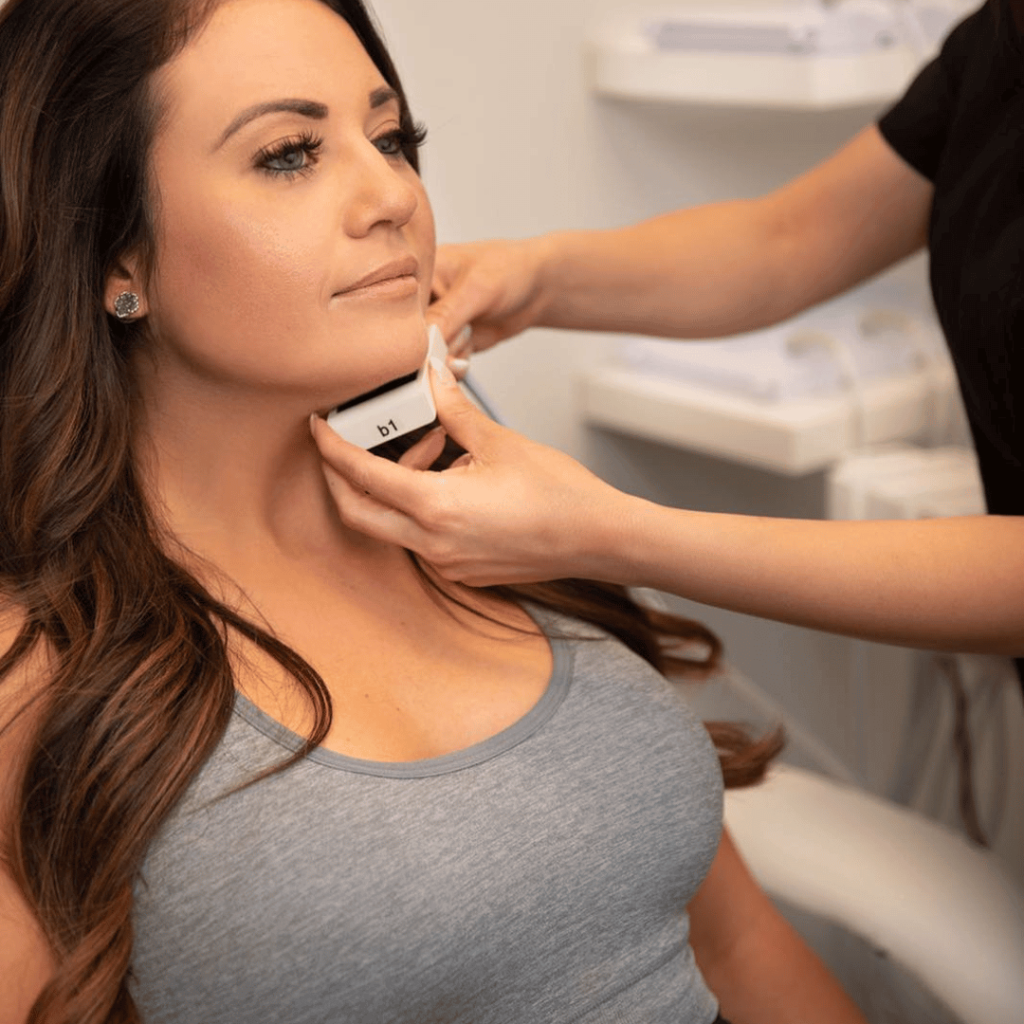

Before embarking on a non-invasive body contouring journey, conducting thorough research and seeking professional consultation is crucial.
Understanding available options, treatment suitability, potential risks, and expected outcomes empowers individuals to make informed decisions for achieving their desired body transformations.
Let’s emphasize the significance of proper research and consultation in non-invasive body contouring.
Non-invasive body contouring typically uses technologies such as laser, radiofrequency, or cryolipolysis to target and reduce stubborn fat cells in specific areas of the body, without the need for surgery.
Non-invasive body contouring procedures are generally considered safe when performed by qualified professionals. However, it’s important to follow all pre- and post-treatment instructions and disclose any medical conditions or medications to ensure safety.
Non-invasive body contouring can be used to target various areas, including the abdomen, thighs, arms, buttocks, and love handles. It depends on the specific procedure and technology used.
The duration of a non-invasive body contouring procedure varies depending on the treatment area and the specific technology used. Sessions can range from 30 minutes to a couple of hours.
Non-invasive body contouring can provide long-lasting results; however, maintaining a healthy lifestyle, including regular exercise and a balanced diet, can help sustain the outcome over time.
Common side effects of non-invasive body contouring may include temporary redness, swelling, bruising, or mild discomfort in the treated area. These effects typically subside within a few days or weeks.
The number of sessions required for visible results can vary depending on factors such as the individual’s goals, the treatment area, and the specific technology used. Multiple sessions are often recommended for optimal outcomes.
While non-invasive body contouring can reduce fat in targeted areas, it is not a weight loss solution. It is best suited for individuals who are close to their ideal weight and want to address specific areas of stubborn fat.
Non-invasive body contouring is generally suitable for individuals who are close to their ideal weight, have localized areas of stubborn fat, and have realistic expectations about the results.
Non-invasive body contouring typically requires little to no downtime, allowing individuals to resume their regular activities immediately after the treatment.
Results from non-invasive body contouring can vary, but noticeable changes are often seen within a few weeks to months as the body gradually eliminates the targeted fat cells.
While non-invasive body contouring primarily targets fat cells, some procedures, such as radiofrequency-based treatments, can stimulate collagen production, leading to mild skin tightening effects.
Non-invasive body contouring procedures are generally well-tolerated, and any discomfort during the treatment is usually minimal. Some procedures may involve a cooling or warming sensation or mild pressure.
Depending on the specific treatments and technologies used, it may be possible to combine different non-invasive body contouring procedures during the same session or over a series of sessions.
Non-invasive body contouring aims to provide natural-looking results by gradually reducing targeted fat cells, resulting in a smoother and more sculpted appearance.
Non-invasive body contouring can be considered as a post-pregnancy option to address stubborn fat pockets that may remain after giving birth. However, it’s important to consult with a healthcare professional regarding the appropriate timing and suitability.
Non-invasive body contouring procedures are generally safe for adults of various ages. However, it’s essential to consult with a qualified practitioner to ensure suitability and discuss any potential risks or considerations.
In some cases, non-invasive body contouring can be performed after previous surgical procedures. However, it’s crucial to inform the practitioner about any past surgeries to determine the best approach and minimize potential risks.
The longevity of non-invasive body contouring results can vary depending on individual factors, such as lifestyle choices and natural aging processes. Maintaining a healthy lifestyle can help prolong the results.
Serious long-term risks are rare with non-invasive body contouring procedures. However, it’s important to choose a reputable provider and follow all post-treatment instructions to minimize potential complications.